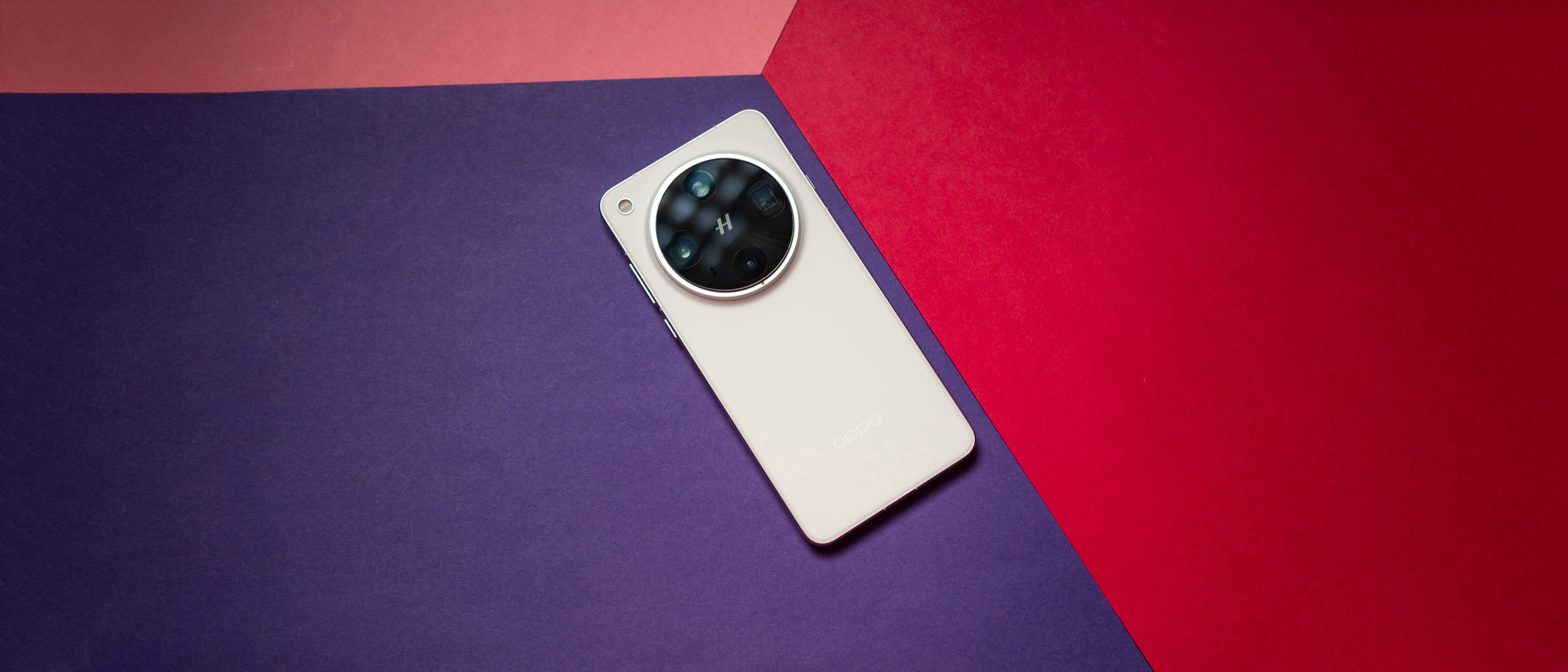Best Android smartwatch 2025
The best smartwatches for Android, as reviewed and rated by our expert staff.
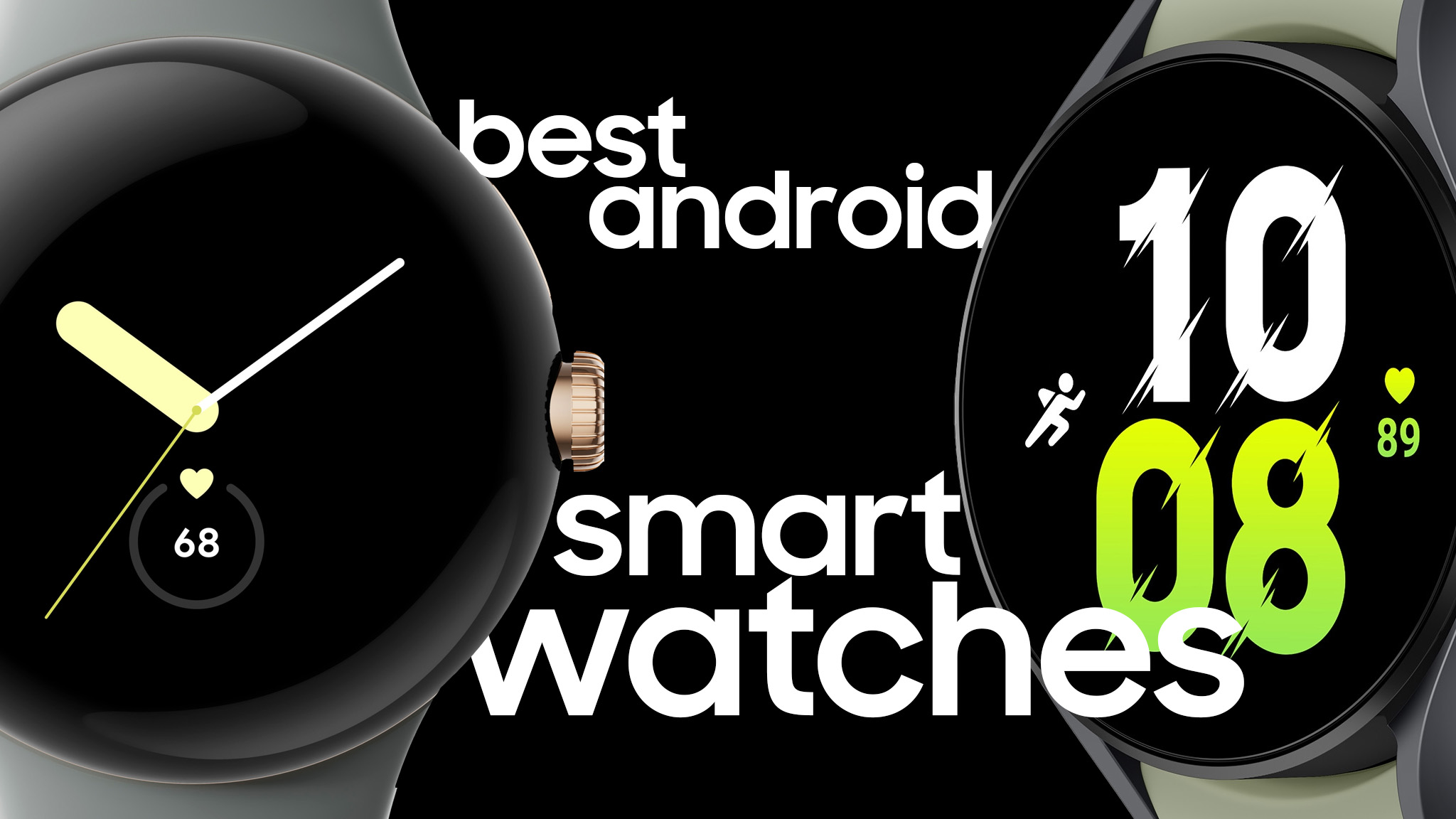
At a glance
1. Best overall
2. Best for Wear OS
3. Best budget option
4. Best premium pick
5. Best battery life
6. Best last-gen option
7. Best for fitness
8. Best health tracking
9. Best hybrid
Honorable mentions
How to choose
How we test
The best Android smartwatches strike a balance between smarts and battery life, style and comfort, affordability and usefulness.
Some of our picks skew more in one direction. Wear OS watches give you deep Android integration with better apps and assistants, but shorter battery life. Android watches from fitness brands offer much better battery and useful training tools while still delivering notifications (but little else).
The Android Central team has worn, field-tested, and reviewed every pick on this list, and most others on the market, to narrow down our list to those we'd happily buy and wear ourselves.
As the Wearables editor, I have worn seven of our top nine picks, and my colleagues have reviewed the other two. I chose the Samsung Galaxy Watch 7 and Google Pixel Watch 3 for their balanced approach and wide appeal to Android users, but I've included every other pick you may prefer for perks like long battery life, life-saving tech, or fitness coaching.

Michael Hicks is Android Central's resident smartwatch geek, having reviewed or tested dozens of wearables from Samsung, Google, Apple, Garmin, Fitbit, Coros, Polar, Withings, Amazfit, and others. He spends his free time running or hiking while wearing several watches at once, testing which is most accurate.
At a glance
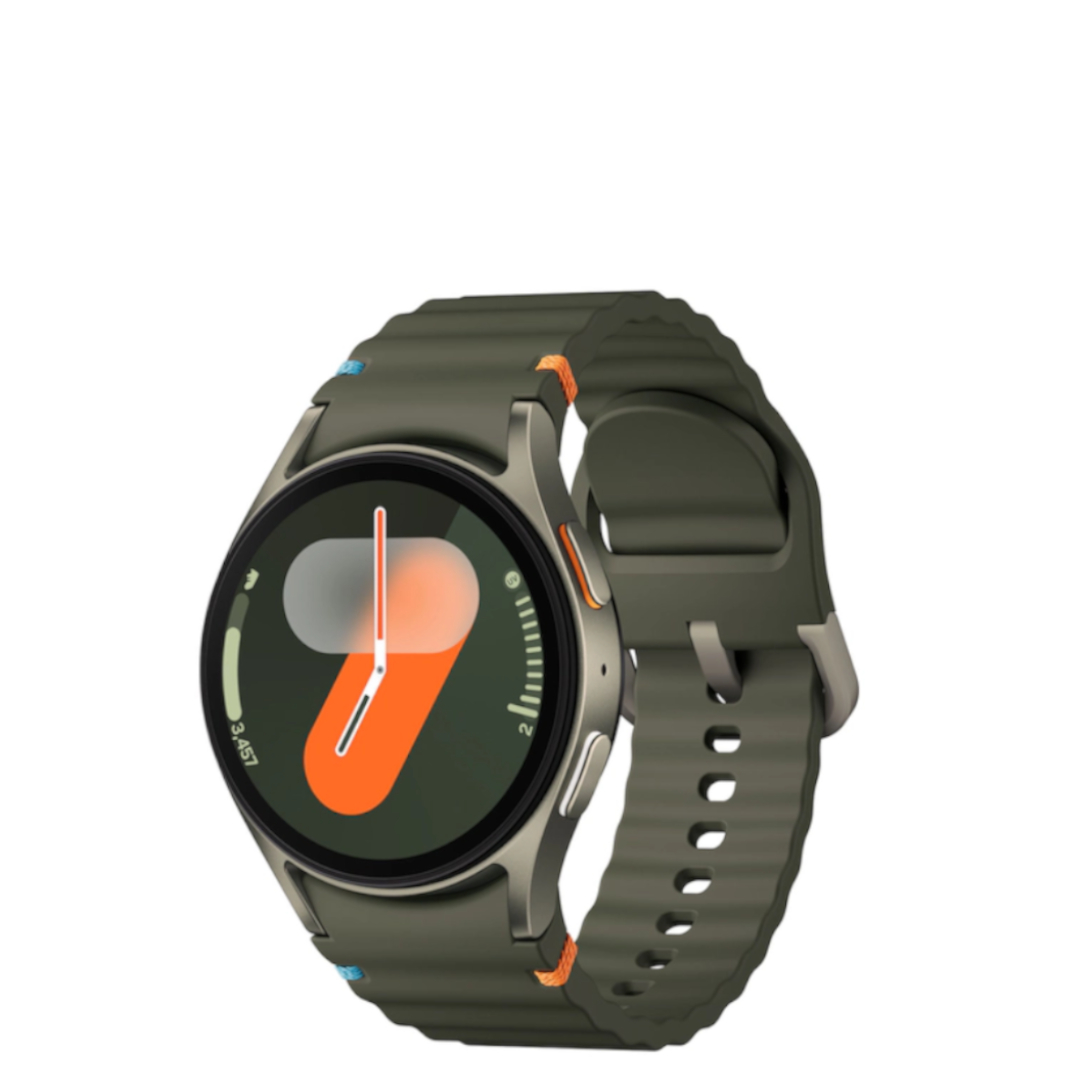
Best overall
The Galaxy Watch 7 has the durability, performance, health and fitness accuracy, and lightweight design to go with its excellent Wear OS software for an all-around great experience.
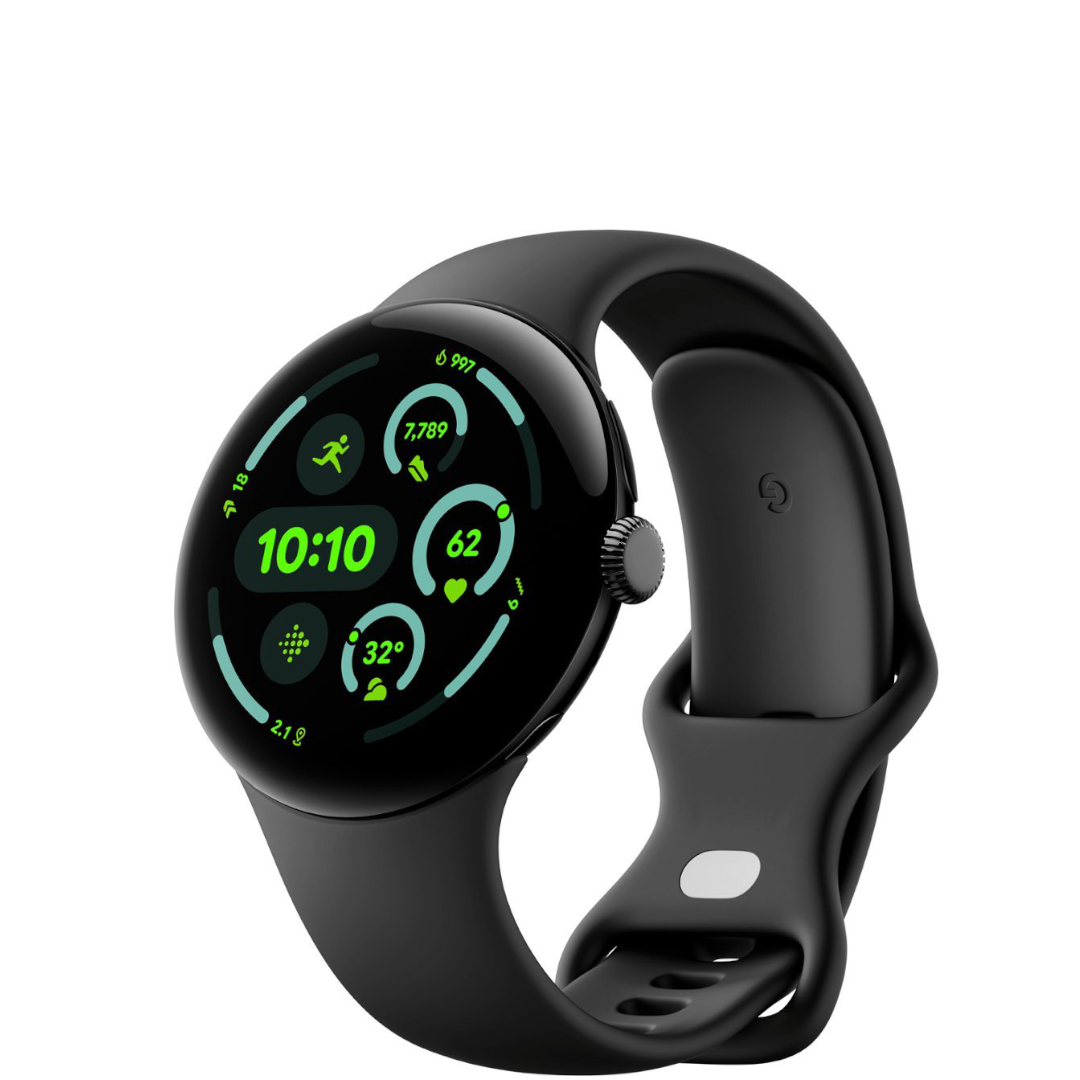
Best for Wear OS
Google revamped the Pixel Watch 3 display while adding a second size option, mostly sticking to the Watch 2 template and sensors but vastly improving the fitness software.
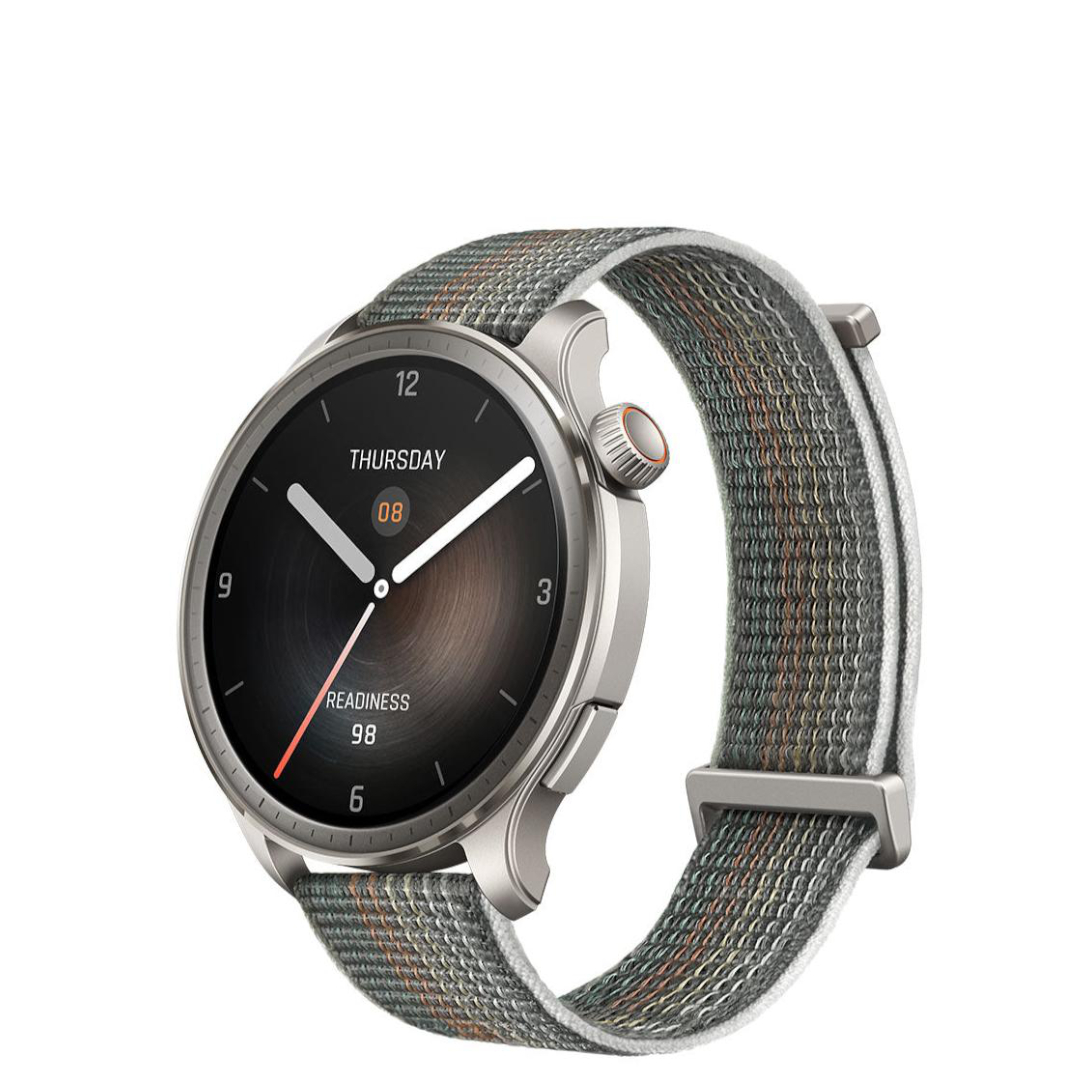
Best budget option
The Amazfit Balance brings some useful budget smarts like a voice assistant, fitness coaching, Bluetooth calling, and basic notifications to a large-but-slim watch design.
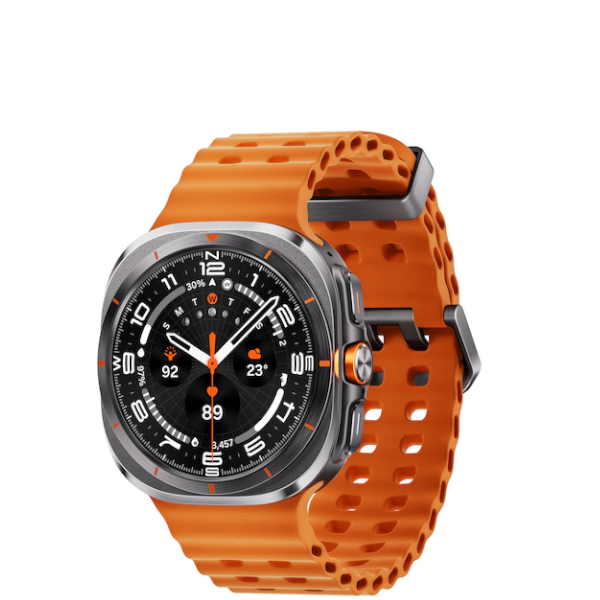
Best premium pick
Samsung's first flagship smartwatch takes a new design approach to the Classic, borrows the Pro's battery life, and takes cues from Apple's own Ultra watch.
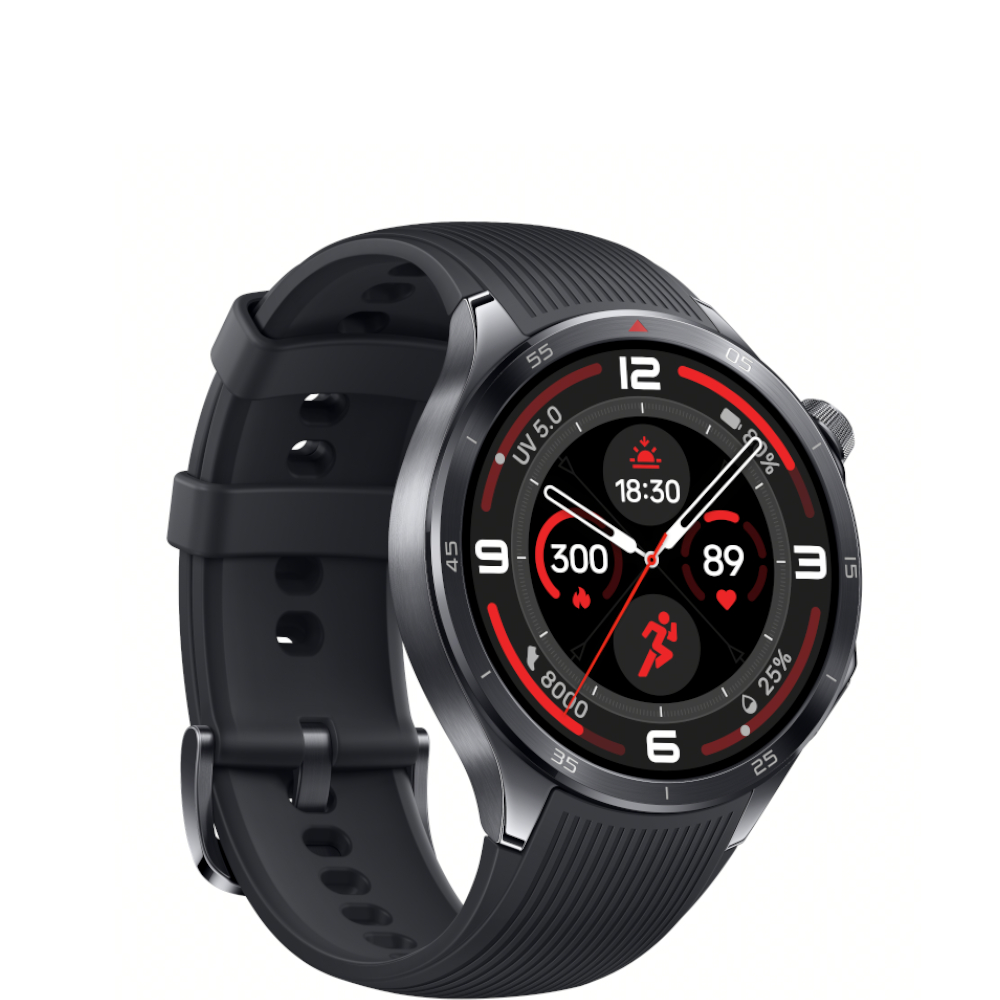
Best battery life
The OnePlus Watch 3 blows away every other Wear OS watch with its five-day battery life, based on its silicon-carbon battery and new MCU, while also adding a more usable display, working crown, new health sensors, and a more stylish design.
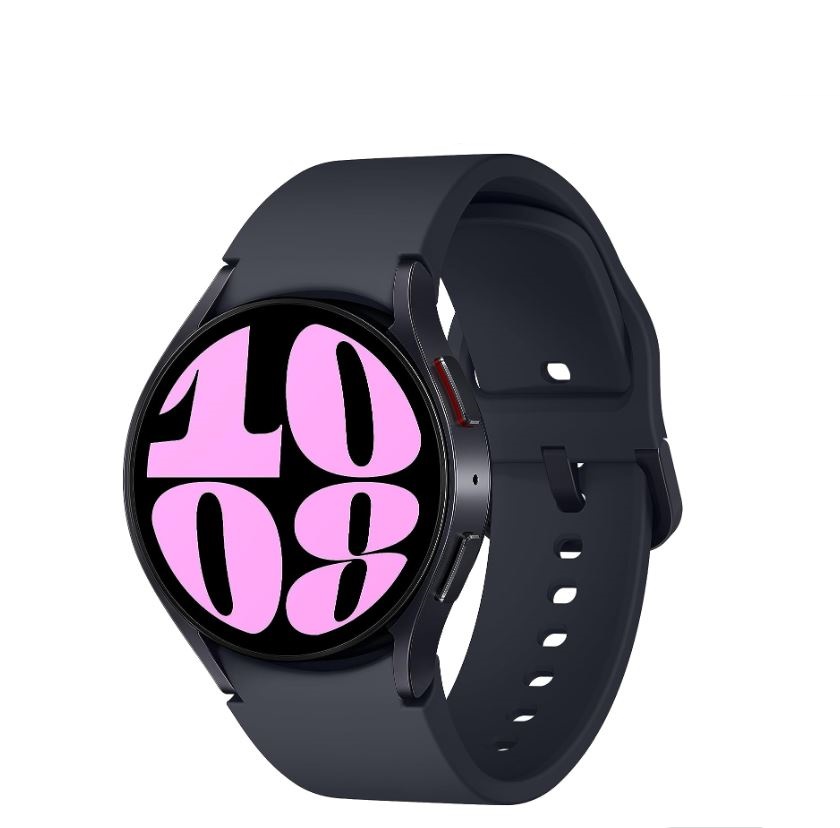
Best last-gen option
Although we certainly recommend the Galaxy Watch 7 first, you can snag this for significantly less, with another three years of software updates and the same design, battery, and memory.
Load the next 3 products ↓
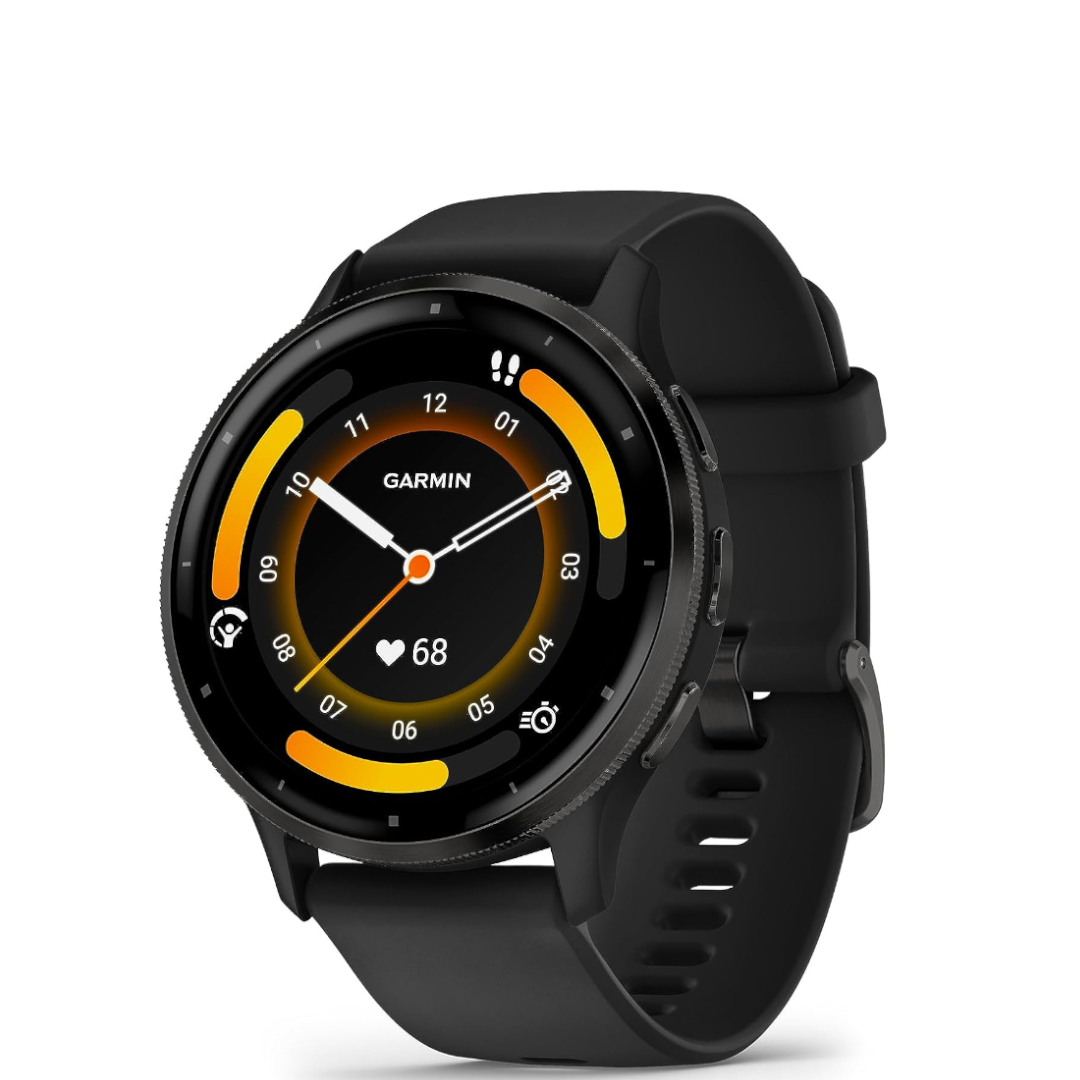
Best for fitness
Nearly any Garmin watch gives you fitness tools and battery beyond a typical Android watch; only the Venu 3 gives you a mic & speaker, gorgeous AMOLED, and Sleep Coaching.
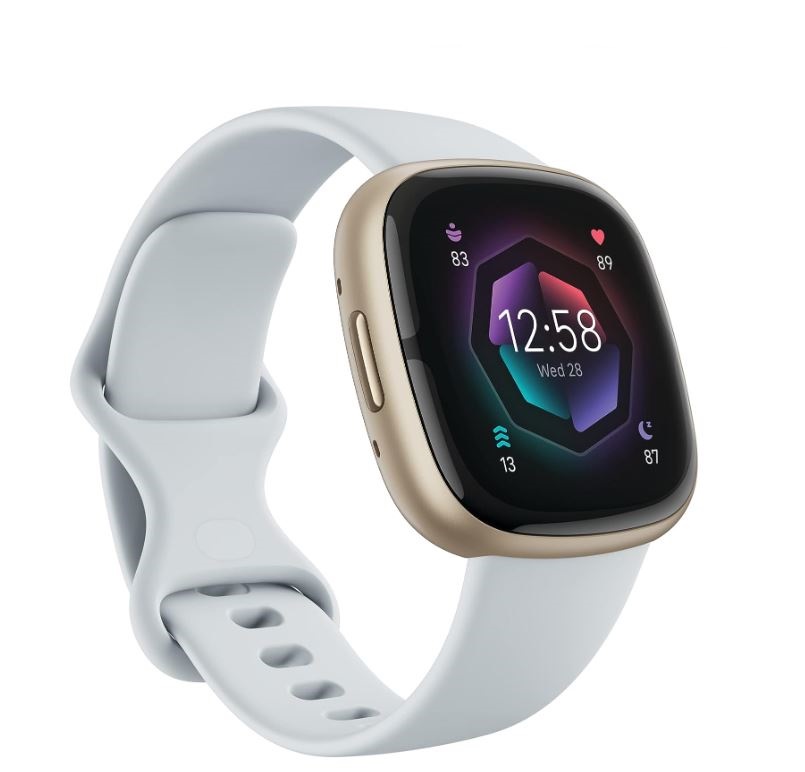
Best for health tracking
The Fitbit Sense 2 boasts about every health feature you could ever need, including 24/7 heartrate and stress monitoring, sleep quality tracking, and much more.
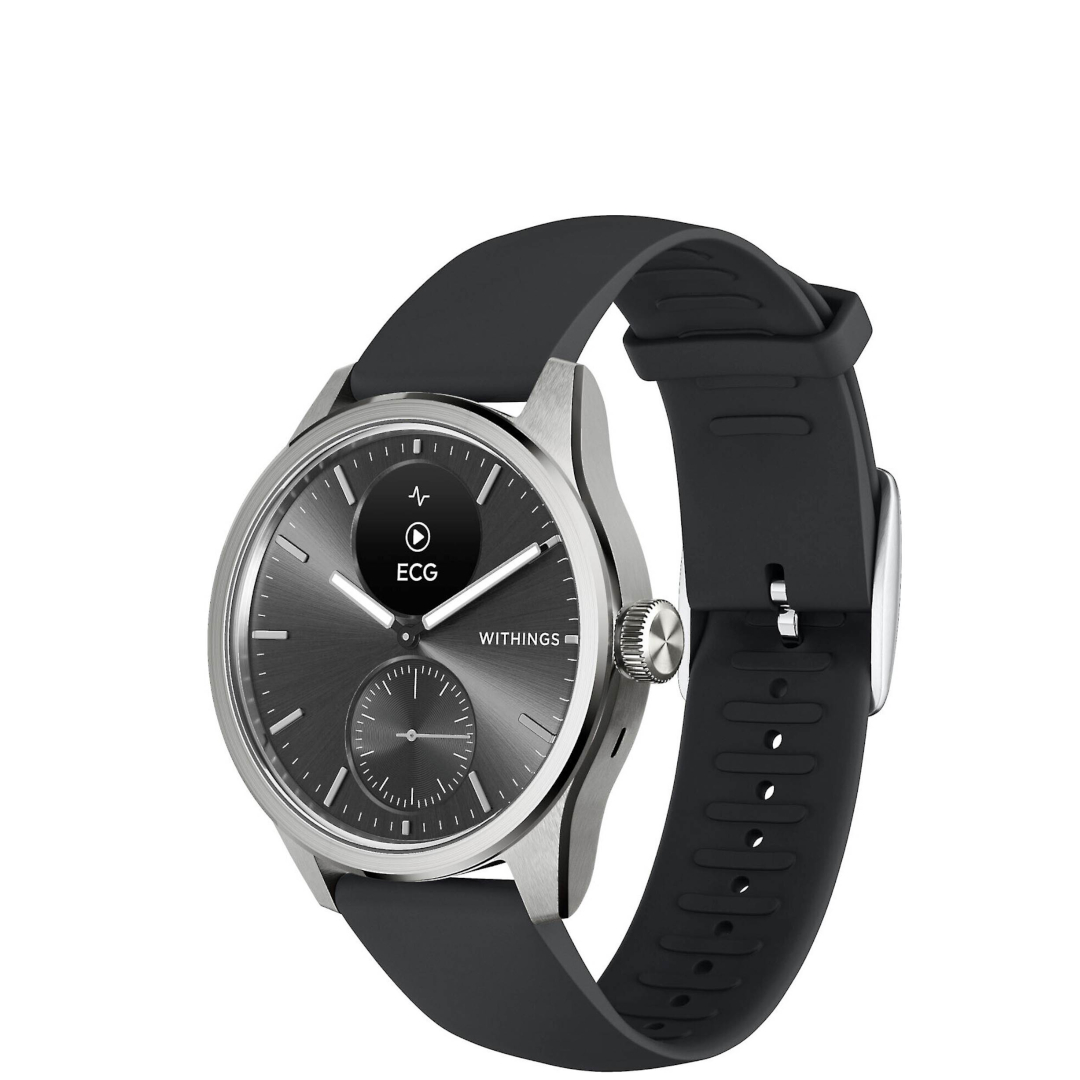
Best hybrid
Want an Android watch that cuts out the distractions, designed with a truly classic look while sneaking in subtle health tracking and notifications? Try this unique Withings hybrid watch.
Best overall
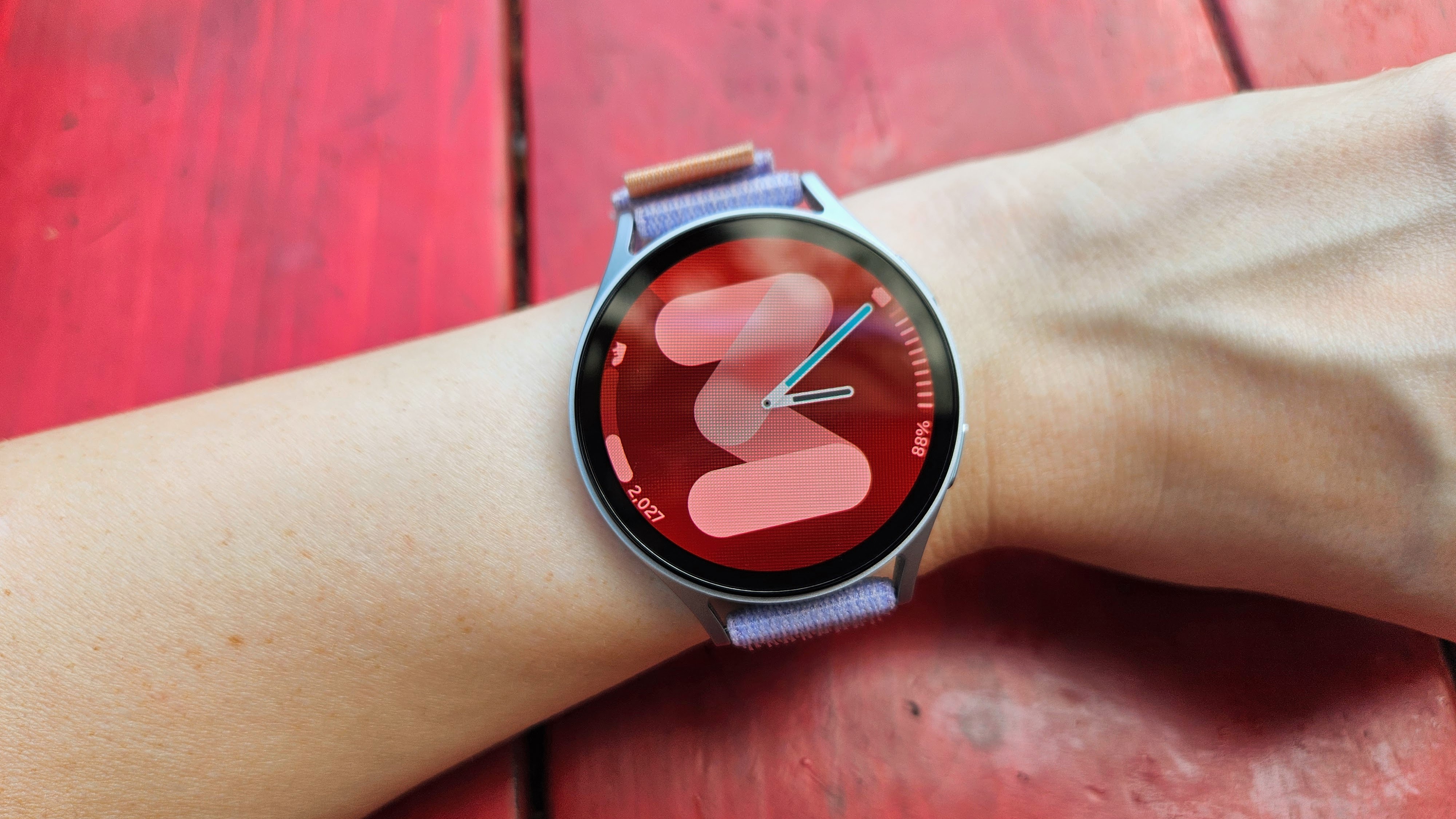
Specifications
Reasons to buy
Reasons to avoid
The Galaxy Watch 7 looks mighty similar to the last three Samsung watch generations, though plenty has changed under the hood. While I spent more time testing the Galaxy Watch Ultra than the Watch 7, many of the Ultra's best qualities are shared by the much-cheaper Watch 7, and it's an impressive device.
Our Galaxy Watch 7 reviewer had a similar impression: it "feels like a re-run" at first, but new software tricks like accessible gestures and a daily Energy Score make the experience fresher. It's the "zippiest smartwatch I've ever used" thanks to the new Exynos W1000 CPU, but it's "not magnitudes faster" than the already-fast Watch 6.
Specific to athletes, the Galaxy Watch 7 received triple the sensor LEDs, designed to capture more accurate heart rate data during workouts. Plus, it uses dual-band GPS to avoid signal errors and provide the most accurate outside workout data. The Watch Ultra and 7 share these upgrades, and since the Ultra performed exceptionally well for HR and GPS accuracy, that reliability applies to the Watch 7 as well.
Other Android watches are only now starting to catch up to the Galaxy Watch series in areas like its large, thin-bordered display, MIL-STD-810H and IP68 durability, and fast charging speeds. And they still fall behind in one key area: Samsung offers four years of software and security updates, so you can expect your Watch 7 to last until 2028, when other watches would be long abandoned.
Unlike the Watch 6, the Watch 7 has no "Classic" design, meaning you're stuck with the basic digital bezel. We've heard rumors the Galaxy Watch 8 will have a Classic option with physical bezel again, so hold out until this summer if that's an important consideration for you. Plus, you may want to upgrade to the Ultra if the Galaxy Watch 7's two-days-or-less battery life isn't enough for you.
Attribute | Quick look | Score |
|---|---|---|
Display | 2 sizes, bright, narrow-bordered, with a digital bezel trick | ★★★★★ |
Design | Flat and plain with no classic style or premium materials, but comfortably light | ★★★☆☆ |
Price | Reasonably affordable, and the size/ LTE upgrades aren't too pricey | ★★★★☆ |
Performance | Fast, revamped Exynos processor with plenty of RAM. | ★★★★★ |
Battery life | 40–48 hours is falling behind the Wear OS pack, but still better than Google and Apple. | ★★★☆☆ |
Health | Complete sensor suite with accurate data and sleep analysis. New data like AGEs Index isn't consumer-ready yet. | ★★★★☆ |
Fitness | Excellent GPS and HR accuracy, plus useful Energy Score. Samsung Health is popular but weak on long-term training. | ★★★★☆ |
Software | Four Wear OS updates, One UI Watch is a beloved option with Google & Samsung apps | ★★★★★ |
Best for Wear OS
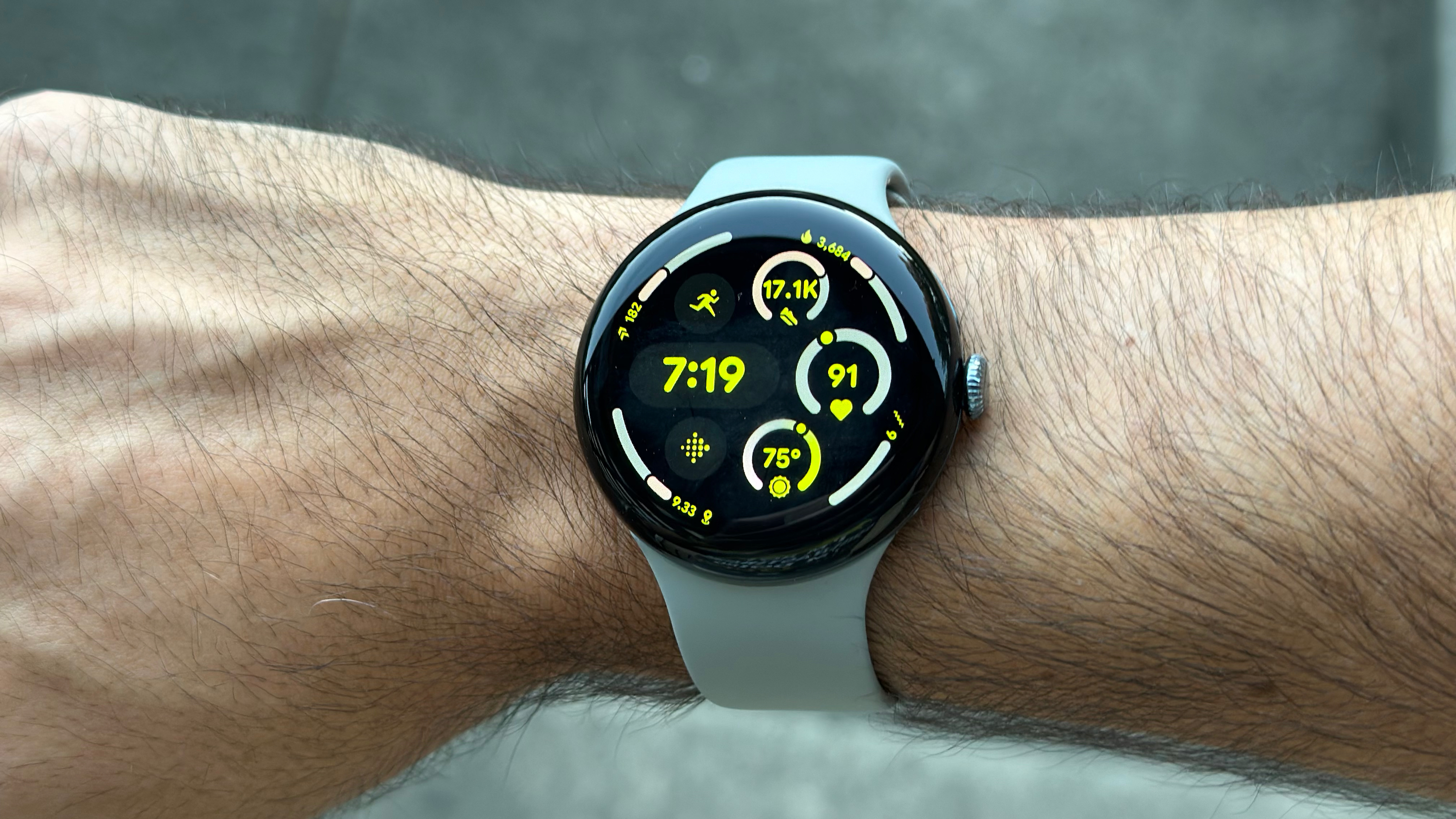
Specifications
Reasons to buy
Reasons to avoid
The Android Central staff loves the Google Pixel Watch 3. Even though the Galaxy Watch 7 beats it in a few key areas, more of us wear Google's option. Why? It's partly because of its close integration with Pixel and Google Home devices, but I suspect it's mainly because it looks so much more stylish. Looks matter in a watch!
In my Pixel Watch 3 review, I called the upgraded display "the star of the show." Google removed the thick border wasting space on the Watch 2, with doubled brightness and a twice-as-smooth refresh rate. Just as important, it offered two size options for the first time. I prefer the 1.43-inch model because Wear OS 5 reflows content to take advantage of the extra space, but the 1.27-inch Watch 3 is still a major upgrade.
Otherwise, when I compared the Pixel Watch 3 vs. 2, I didn't find many differences besides minor boosts to Bluetooth, WiFi, and UWB. Most of the hardware and sensors remain the same; thankfully, we really liked the Pixel Watch 2 (aside from its display). And Wear OS 5 made the Pixel Watch 3 more efficient, so you can sometimes stretch it to almost two days per charge, on par with Samsung.
Should you choose the Pixel Watch 3 or Galaxy Watch 7? Samsung has a newer 3nm processor, more accurate dual-band GPS, and an extra year of Wear OS updates for a lower price, but without Fitbit integration and the Watch 3's more stylish look.
You may also want to wait for the Pixel Watch 4, which should have a new chipset and Gemini integration while keeping the same general look as the Watch 3.
Attribute | Quick look | Score |
|---|---|---|
Display | 2 sizes, bright, LTPO support, no sapphire glass | ★★★★☆ |
Design | Gorgeous and comfortable, though not durable and no premium materials | ★★★★☆ |
Price | Price on par with "premium" watches; size or LTE boosts a little costly. | ★★★☆☆ |
Performance | Snapdragon W5 is still fast, but a repeat from last year. 2GB RAM is plenty. | ★★★★☆ |
Battery life | Solid 1.5 to 2 days of battery depending on the size | ★★★☆☆ |
Health | Fitbit-brand sensors for total health summary. | ★★★★★ |
Fitness | Fitbit Premium workouts, Daily Readiness, cardio load, other runner-focused tools; other sports don't get as much attention | ★★★★☆ |
Software | Speedy Google-backed software updates with close Google app integration. | ★★★★★ |
Best budget option
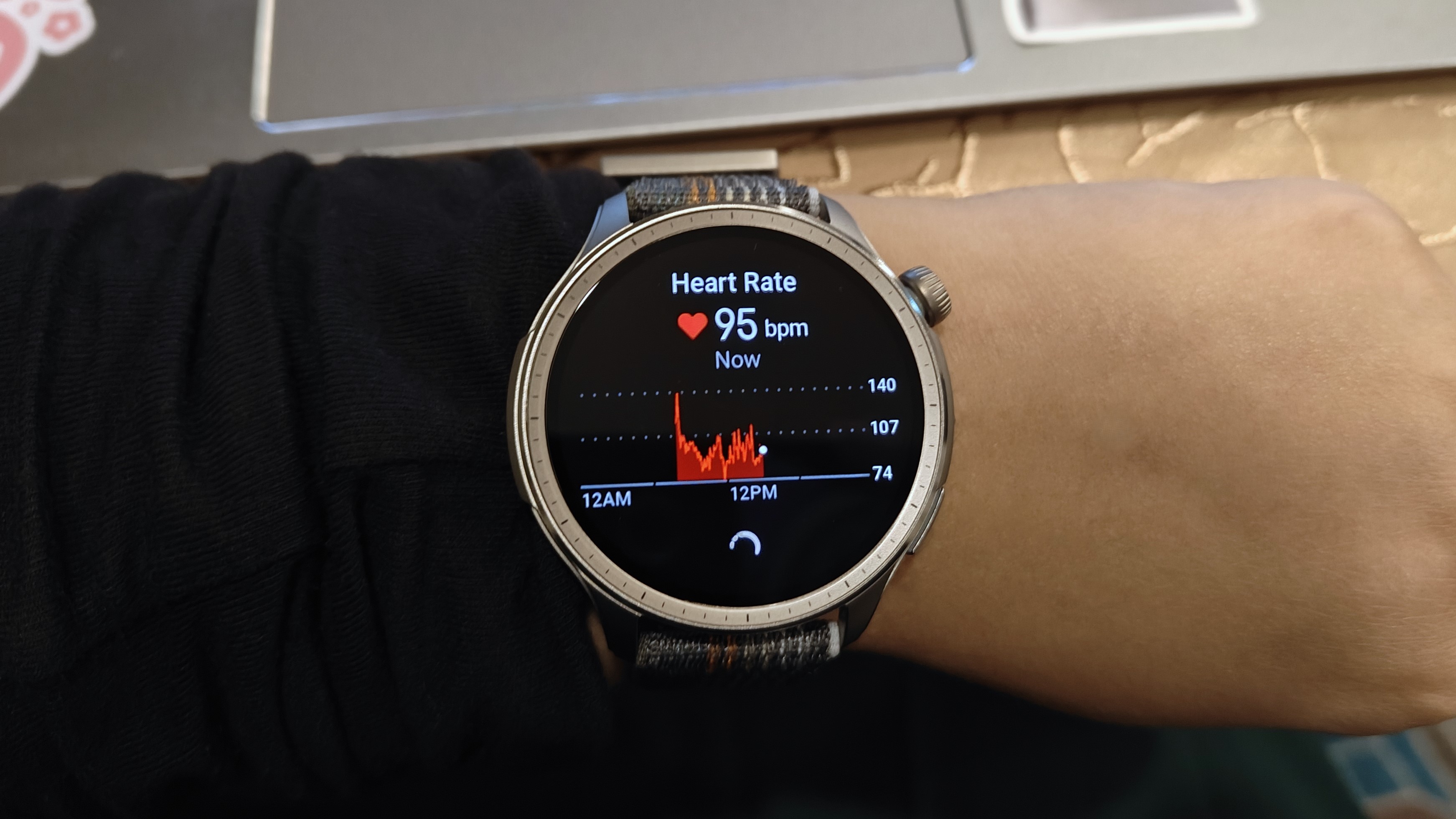
Specifications
Reasons to buy
Reasons to avoid
Most of the best Amazfit watches offer similar perks: bright AMOLED displays, long battery life, basic apps and notifications, and hundreds of sports modes paired with some AI insights. Out of all of them, our top recommendation is the Amazfit Balance, which lives up to its name and provides the best well-rounded experience.
Our Accessories editor Namerah Saud Fatmi reviewed the Amazfit Balance and praised the "mind-blowing battery" that lasts for at least two weeks with light use, giving you peace of mind compared to a Wear OS watch.
Of course, it lacks the apps or Google Assistant commands of a smarter Android watch, but the Balance still has Alexa voice commands, music storage, Bluetooth calling, continuous heart rate and stress data plus SpO2, dual-band GPS for workouts, and Zepp Health insights.
Compared to other Amazfit watches, it adds a few new tricks, too, like a Zepp Flow AI assistant using OpenAI's GPT-4o, Zepp Coach workout plans, and contactless payments. You can reply to messages using text-to-talk, or type out a response on the 1.5-inch, 1,500-nit display using a QWERTY keyboard.
Namerah did warn that the Balance can feel a bit big for smaller wrists, that she wishes it had Google Wallet instead of Zepp Pay, and that there was an LTE option. But ultimately, this is a great option if you're looking to save money and stop worrying about daily charges.
Attribute | Quick look | Score |
|---|---|---|
Display | High-res AMOLED, solid brightness, no smaller size option | ★★★☆☆ |
Design | Classically stylish and slim but looks "comically big" on smaller wrists | ★★★☆☆ |
Price | Very affordable for what it offers | ★★★★★ |
Performance | No-name CPU with quick text replies and basic apps. | ★★☆☆☆ |
Battery life | Two weeks per charge or 26 dual-band GPS hours | ★★★★★ |
Health | HR, SpO2, stress, breathing rate, and sleep analysis, but no ECG | ★★★★☆ |
Fitness | Dual-band GPS, PAI score, PeakBeats training effect, and Zepp Coach workout plans | ★★★★☆ |
Software | Zepp OS is competent for the basics, but no Wear OS | ★★☆☆☆ |
Best premium pick
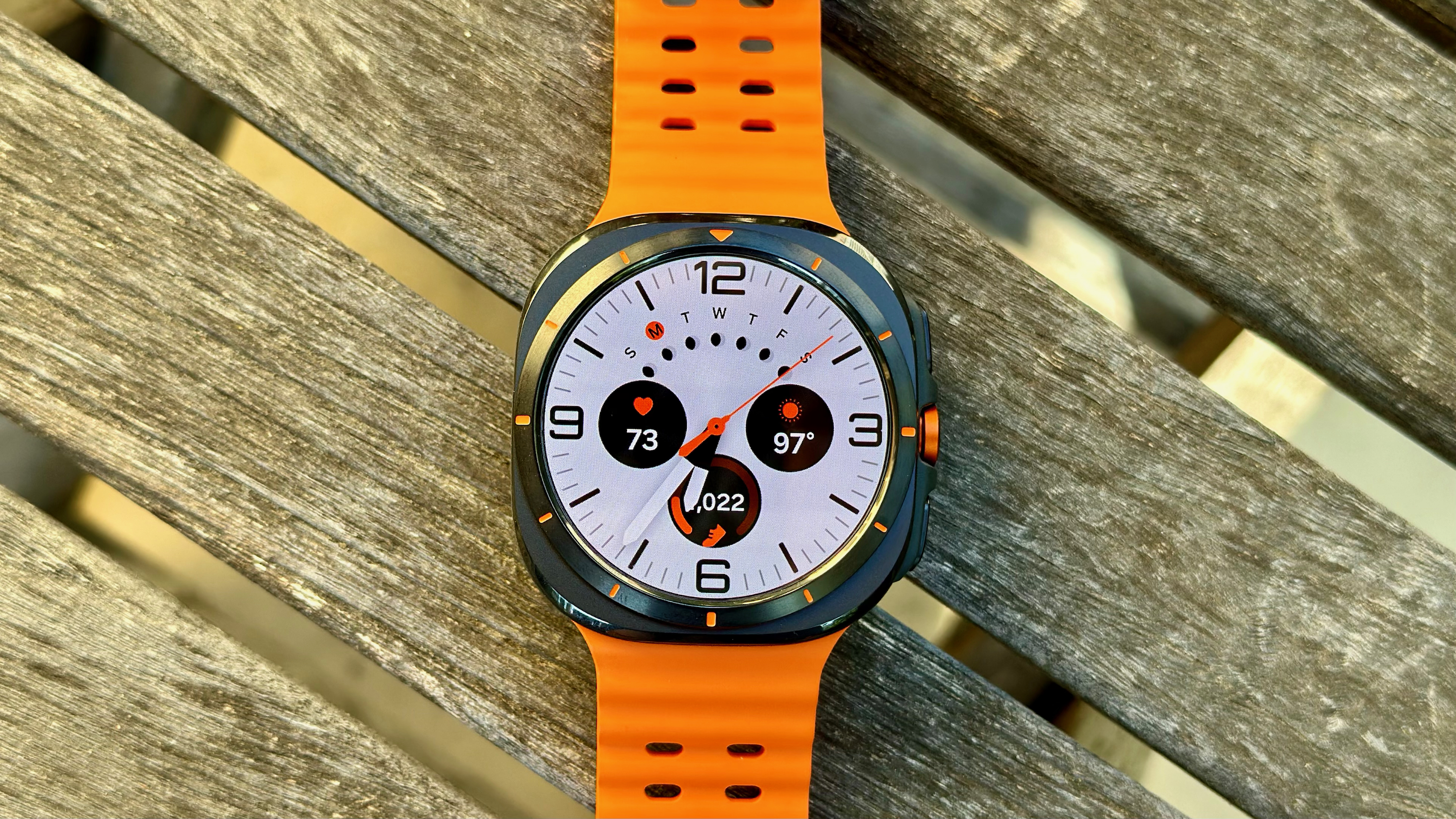
Specifications
Reasons to buy
Reasons to avoid
After a Galaxy Watch Pro in 2022 and Classic in 2023, Samsung pivoted to the Galaxy Watch Ultra in 2024, with an Apple Watch Ultra 2-inspired design. It's not necessarily that different from the Galaxy Watch 7 in raw specs; it's primarily designed as an ultra-durable, long-lasting watch for those who prioritize style and battery life over comfort.
In my Galaxy Watch Ultra review, I highlighted some excellent perks like the excellent fitness accuracy, its better display brightness, and its "undoubtedly faster" performance compared to previous generations. I appreciated the extra Quick Button for shortcuts, though I wished that (A) it doubled as a crown to make up for the missing Classic bezel and (B) it let you add multiple shortcuts outside of workouts.
Like the Galaxy Watch 5 Pro, the Watch Ultra has a 590mAh battery, larger than the 425mAh capacity found in the Watch 7 with a comparable 1.5-inch display. After some early battery drain issues, Samsung patched the Galaxy Watch Ultra, and now it consistently lasts 60+ hours with the always-on display feature active. It's not quite as long lived as our next pick, but it's noticeably better than the Watch 7.
Are these perks enough to make you spend twice as much as you would on the Watch 7? We do appreciate its durable titanium case with extra water resistance, but that comes with a heavier design. The Watch 7 has the same CPU, software, and years of support; even if it's not as attractive and lacks the useful Quick Button, I'd still point more people to the Watch 7 unless you get a good trade-in deal and really want those premium perks.
I'll also note that since the Galaxy Watch 8 is rumored to bring back the Watch 8 Classic, we're not likely to see an Ultra 2 until mid-2026 at the earliest. So if you see an Ultra on sale, there isn't much reason to wait!
Attribute | Quick look | Score |
|---|---|---|
Display | Bright and gorgeous, but no small option. | ★★★★☆ |
Design | Rugged titanium, useful third button, and stylishly distinct. Some will miss the Classic bezel or feel the weight. | ★★★★☆ |
Price | More expensive than any other Android or Galaxy Watch by far; find a trade-in deal. | ★☆☆☆☆ |
Performance | Top-tier performance, though no faster than Watch 7. | ★★★★★ |
Battery life | 60–100 hours based on settings, or 16 with GPS; consistent and reliable. | ★★★★★ |
Health | Like Watch 7, offers thorough and accurate health data, with only a couple duds like BIA and AGEs Index. | ★★★★☆ |
Fitness | Performed on par with a Garmin for GPS and HR accuracy; Energy Score is useful if you don't mind sleeping with it. | ★★★★☆ |
Software | Long and consistent Wear OS software support. | ★★★★★ |
Best battery life

Specifications
Reasons to buy
Reasons to avoid
The OnePlus Watch 3 has the best battery life in a Wear OS watch, easily lasting between four and six days per charge and then recharging in an insane 30–40 minutes, so you almost never need to take it off. It's just too bad that it costs a lot more than we were originally told.
While the OnePlus Watch 2 and Watch 2R had strong battery life as well, the Watch 3 uses a denser silicon-carbon battery for a further capacity boost. And this model made several key improvements over its flawed predecessors.
The rotating crown is useful instead of decorative like last year's. The new 1.5-inch LTPO AMOLED display hits 2,200 nits but uses flicker-free DC dimming to spare your eyes. The stylish titanium bezel with 60-second labels looks great. And while it has the same Snapdragon chip as last year, it adds a new 6nm coprocessor that the company says delivers a 200% CPU boost. It handles background tasks like sensor readings and notifications without using much battery life, without the Watch 2's glitches.
Our OnePlus Watch 3 reviewer had tons of praise for the overall experience. It's much more accurate for workout and step tracking, it delivers on OnePlus's battery estimates for real-life use, and it has the "best digital crown on any smartwatch" with excellent haptics.
But he did complain that the Watch 3 can feel a bit heavy if you're not used to Ultra-sized watches. OnePlus says it's "working on" a smaller watch and LTE support outside of China, but that may not arrive anytime soon. And OnePlus will only give the Watch 3 two Wear OS updates — less support than Google and Samsung offer.
If you can accept these trade-offs, the OnePlus Watch 3 will undoubtedly be one of the best Android smartwatches of 2025. Unfortunately, OnePlus has unexpectedly raised the price from $330 to $500. Given that OnePlus is a Chinese brand, this may be related to recent Chinese tariffs.
Attribute | Quick look | Score |
|---|---|---|
Display | We like its brightness and smooth, flicker-free tech; there should be a smaller size option | ★★★★☆ |
Design | Military-grade ruggedness and stylish titanium/steel chassis will draw eye, but too heavy for many | ★★★☆☆ |
Price | OnePlus has hiked the price to $500, making it more expensive than most non-Ultra watches | ★★☆☆☆ |
Performance | Same CPU, storage as other Wear OS watches, but efficient coprocessor beats the competition | ★★★★☆ |
Battery life | Up to 120 hours, lasts longer — and charges faster — than any other Wear OS watch by far | ★★★★★ |
Health | More accurate and less bare-bones for health and fitness data, but no ECG in U.S., OHealth has improved recently | ★★★★☆ |
Fitness | Offers dual-band GPS, delivered very accurate workout data in our review tests | ★★★★☆ |
Software | Will receive two Wear OS updates and three years of security updates; offers similar Wear OS 5 experience to Pixel Watches | ★★★☆☆ |
Best last-gen option
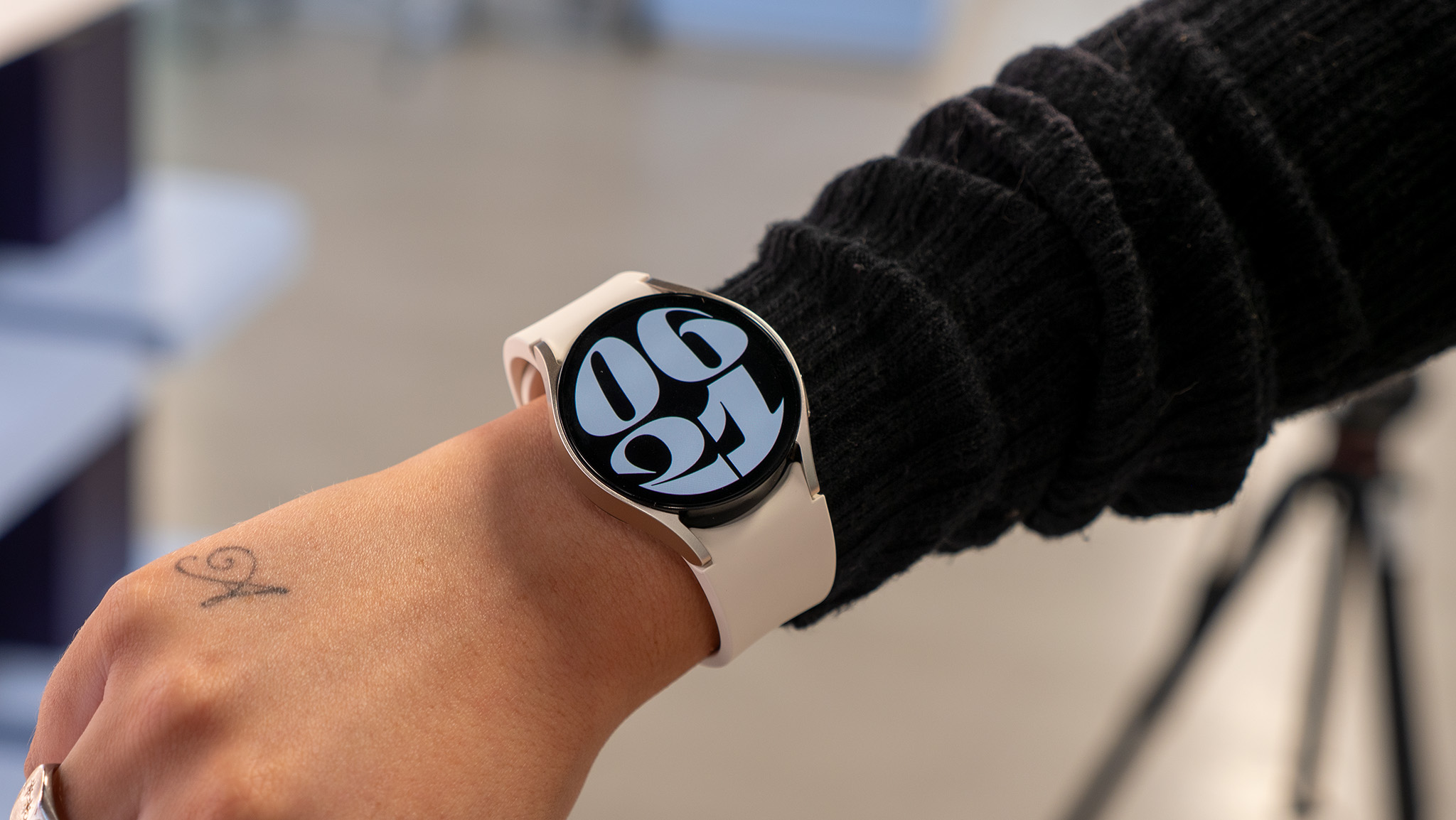
Specifications
Reasons to buy
Reasons to avoid
Even though the Galaxy Watch 7 supplanted the Watch 6 for best Android watch, the 2023 watch still claimed that spot for a year, for good reason. My Galaxy Watch 6 review ran through its comfortable design, fast performance, respectable battery life, and streamlined software.
The Galaxy Watch 6 was available at impressively low prices during last year's holiday sales, but Samsung is running low on stock as it transitions to the Watch 7. If you can find one for significantly cheaper than the Watch 7, it's not a major downgrade. The design, displays, protection, connectivity, and software are largely unchanged, and the performance gap isn't that big.
That said, I did have some complaints with the last-gen model's health sensors and GPS accuracy, and Samsung prioritized these fixes in the 2024 model, improving heart rate accuracy and adding dual-band GPS tracking that works as well as a Garmin watch. And the Watch 6's Exynos CPU has three fewer Cortex cores than the Watch 7, so it's less likely to handle demanding Wear OS tasks as quickly moving forward. The Watch 7 remains my top recommendation for a reason.
The Galaxy Watch 6 Classic is a fan favorite for many Samsung watch fans thanks to its rotating bezel. But since the Galaxy Watch 8 Classic should arrive in a few months, you may want to stay patient a bit longer.
Still, the Galaxy Watch 6 series is available now, has years of Wear OS updates left, and could save you a bunch of money with the right deal.
Attribute | Quick look | Score |
|---|---|---|
Display | Same excellent display tech as Watch 7 | ★★★★★ |
Design | Plain appearance, but you can upgrade to Watch 6 Classic for style | ★★★★☆ |
Price | Frequently discounted to new lows | ★★★★☆ |
Performance | Last-gen Exynos CPU but plenty of RAM | ★★★★☆ |
Battery life | Adequate 40-hour lifespan, not quite as efficient as Watch 7 | ★★★☆☆ |
Health | Mostly same sensor suite as Watch 6, but fewer HR LEDs and colors | ★★★☆☆ |
Fitness | Will get new Energy score, but not new dual-band GPS or extra HR LEDs for accuracy. | ★★★☆☆ |
Software | Three Wear OS updates and years of security updates left. | ★★★★☆ |
Best for fitness
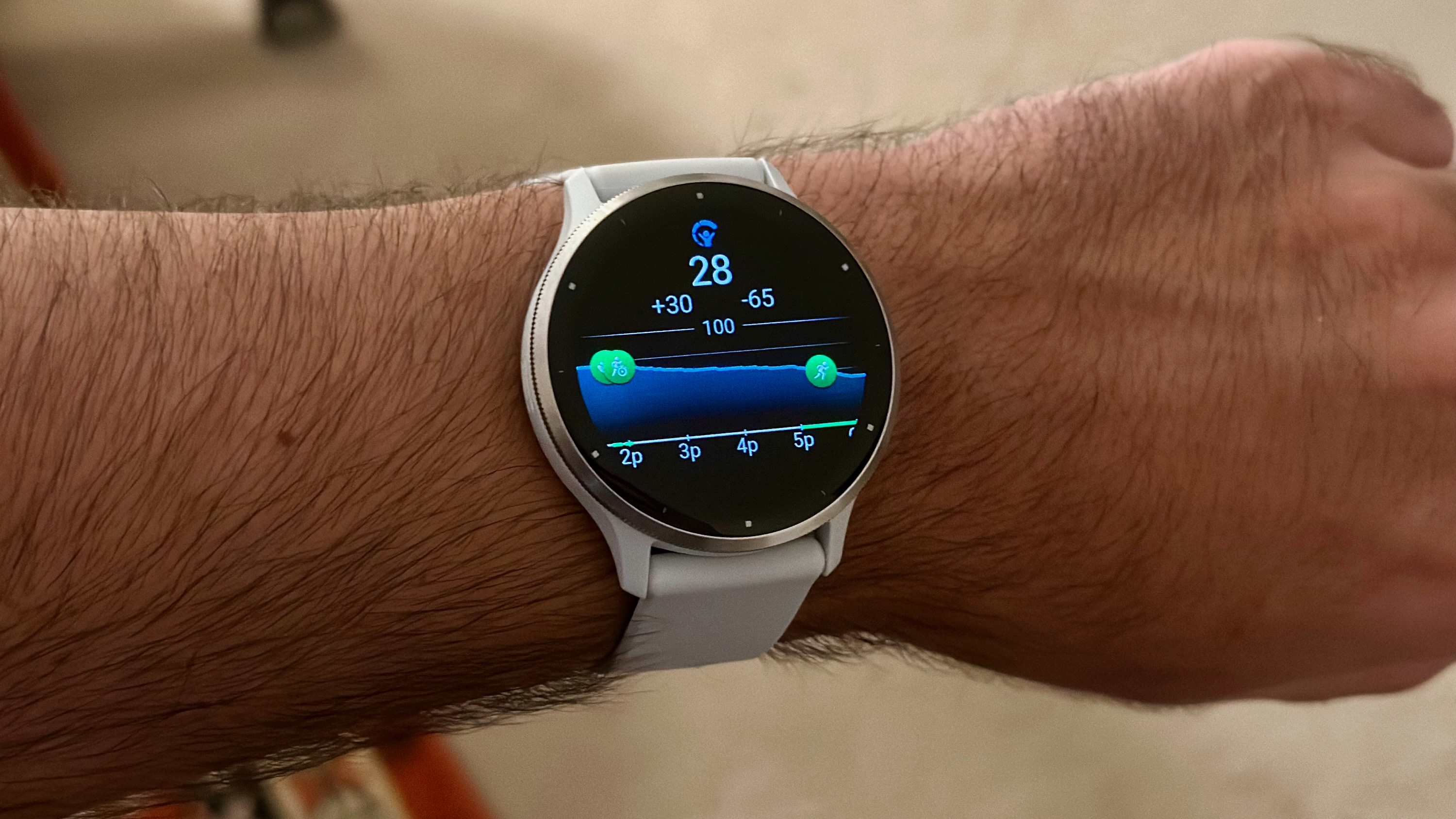
Specifications
Reasons to buy
Reasons to avoid
You can't discuss the best Android watches and not mention Garmin. Frankly, any of the best Garmin watches could be in the conversation to join this list, but I chose the Venu 3 — not just because it's #1 on that list — but because it's the closest Garmin has to a mainstream smartwatch.
As outlined in my Garmin Venu 3 review, it has tools unavailable on most other Garmin watches: a mic and speaker for Bluetooth calls and passthrough voice commands, an ECG sensor, skin temperature data, a Sleep Coach, a keyboard for texting, and a new UI that makes apps more accessible. That makes it less of an adjustment if you're used to "regular" watches.
As for why Garmin watches belong on this list, it's all about the fitness tools. It tells you how fit you are and how much your Body Battery has recharged based on HRV and sleep data. It lets you follow a Garmin Coach training calendar or see daily auto-suggested workouts based on your VO2 Max. After a run, you'll see what kind of training effect it had and how long before your body recovers. The above watches have some of these tricks, but not to the same extent as Garmin.
The Venu 3 itself lasts a ridiculous 2 weeks per charge, or 26 hours of GPS tracking, whereas your typical Android watch will die much more quickly. It has a thinner, steel-edged design compared to most plastic-heavy Garmins, with a bright AMOLED display. It's not the "smartest" watch, in that it has no third-party apps and doesn't communicate with Health Sync, but it's still a great option for athletes.
If you want a similar experience that's a bit more affordable, considering weighing the Vivoactive 6 vs. the Venu 3. The new $299 Vivoactive 6 doesn't have a mic/speaker, ECGs, or an altimeter, but its software is near-identical otherwise, and it's both lighter and cheaper.
Attribute | Quick look | Score |
|---|---|---|
Display | 2 sizes, high-res with decent brightness | ★★★★☆ |
Design | Comfortable and thin with three buttons for nav and shortcuts and a steel bezel | ★★★★☆ |
Price | On the expensive side compared to other picks; you're mainly paying for health & fitness, not smarts | ★★☆☆☆ |
Performance | Decent enough speeds but definitely optimized for long battery life | ★★☆☆☆ |
Battery life | Longer battery life than any Wear OS watch by far | ★★★★★ |
Health | Accurate HR and sleep with skin temp, capable of continuous SpO2 for jet lag tracking | ★★★★☆ |
Fitness | Training guidance and fitness coaching, though not quite as advanced as a Garmin Forerunner. | ★★★★☆ |
Software | Only a few third-party apps like Spotify and Komoot | ★★☆☆☆ |
Best health tracking
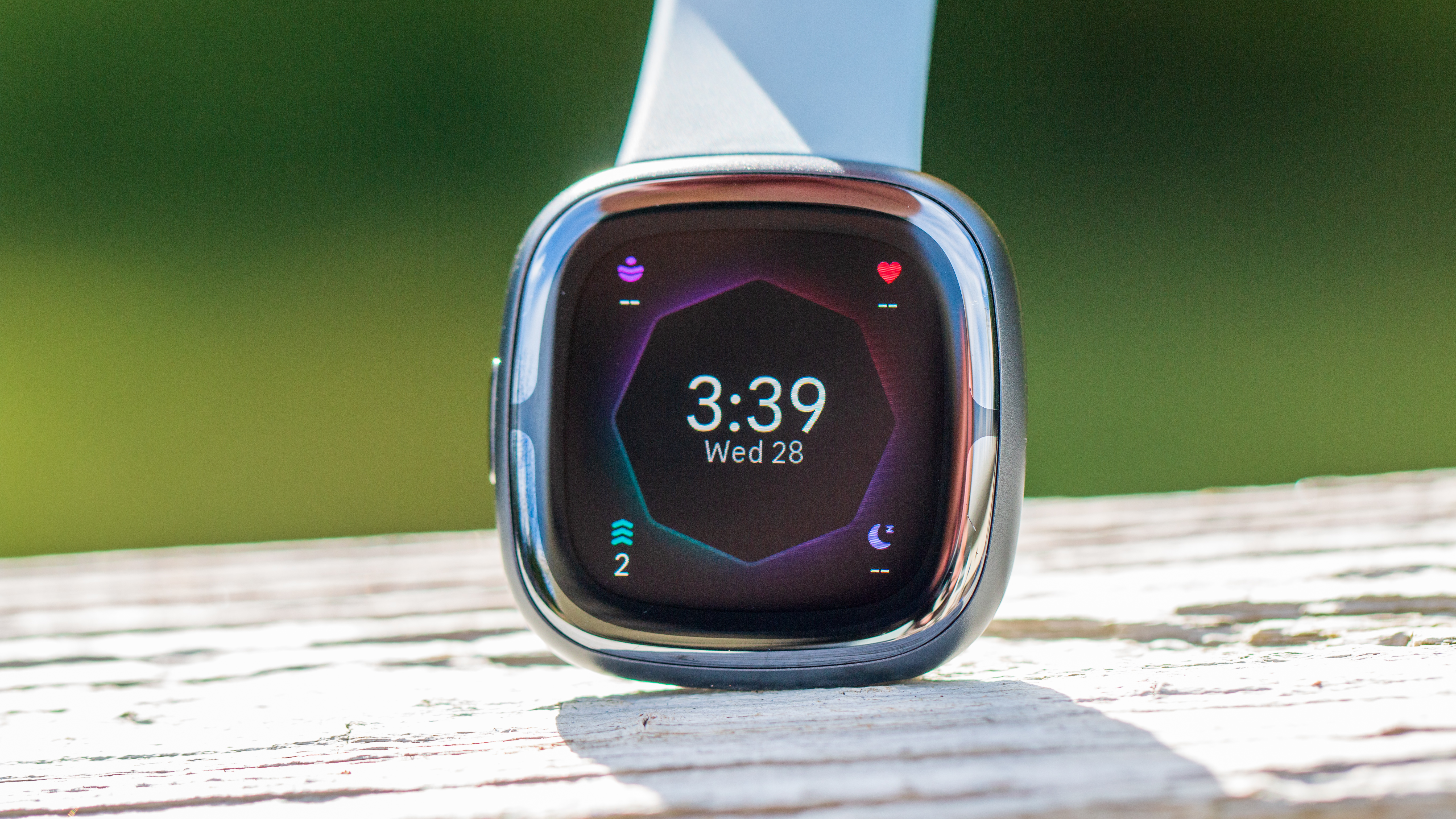
Specifications
Reasons to buy
Reasons to avoid
The Fitbit Sense 2 tracks your heart rate, heart rate variance (HRV), possible atrial fibrillation (AFib), blood oxygen, sleep quality, electrodermal body response (cEDA), stress levels (HRV), and skin temperature. When it first launched in 2022, these were all cutting-edge features; since then, Google coopted Fitbit tech for the superior Pixel Watch 2 and 3, and the Sense 2 became less special.
As someone who owned the original Sense, I appreciated how the Fitbit Sense 2 took advantage of the Fitbit-Google acquisition to add Google Maps and Wallet, as well as use a Wear OS-lite UI that was more intuitive than Fitbit's original OS and the new physical side button instead of the finicky capacitive button that I hated.
At the same time, I agreed with our Fitbit Sense 2 reviewer's frustrated response to the newer watch: Google cut out several smart features, disabling the wifi antenna, removing music storage and playback, cutting out limited third-party apps, and removing Google Assistant support. It was as if Google decided any smarts that weren't Google-branded weren't worth including.
So why include the Sense 2 on this list? Simply put, the fact that it has a bright, skinny AMOLED design and a six-day battery life, and that it's frequently found on sale these days for far less than the Pixel Watch series. If you want the health tools and Fitbit workouts of the Pixel Watch but a better battery life, the Fitbit Sense 2 is a very reasonable alternative. You'll have to accept the lack of smarts and phone integration, but that won't bother everyone.
Since Google has essentially confirmed that there won't be any new Fitbit-branded watches, the Sense 2 is the best option left for the brand for the foreseeable future.
Attribute | Quick look | Score |
|---|---|---|
Display | One squircle display size with average brightness | ★★★☆☆ |
Design | Comfortably lightweight, but depends on whether you like squircles or not | ★★★★☆ |
Price | Expensive (esp. with Premium sub) for what it offers, so find a sale | ★★★☆☆ |
Performance | Optimized for battery life, but good enough for Google apps | ★★☆☆☆ |
Battery life | Six-day battery is respectable, though GPS battery life is shorter-lived | ★★★★☆ |
Health | Lives up to Fitbit's reputation with thoroughness and accuracy. | ★★★★★ |
Fitness | Fitbit's AI analysis and workouts are quite handy, if more geared towards indoor workouts. | ★★★★☆ |
Software | Unless you care about Google Maps, the Sense 2 software experience is very limited by design. | ★★☆☆☆ |
Best hybrid
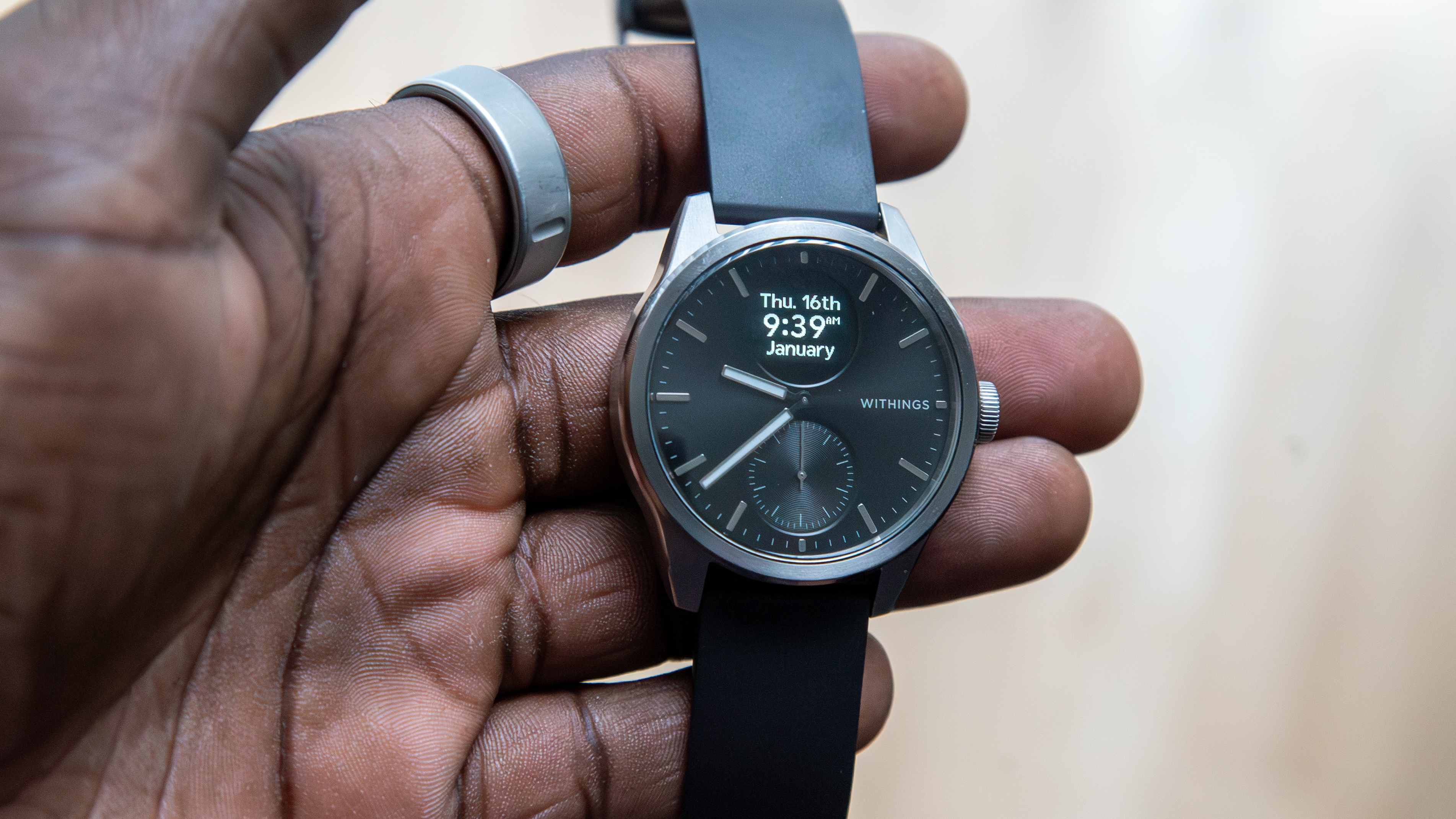
Specifications
Reasons to buy
Reasons to avoid
I'm rounding out this Android smartwatch list by focusing on hybrids. Most smartwatches look good to tech geeks but won't appeal to fans of traditional watches; I previously gave this slot to the Garmin Instinct Crossover for fans of rugged Casio-style timepieces, but I more recently reviewed the Withings ScanWatch 2, and while it certainly isn't perfect, it's a much better option for traditional style paired with useful health insights.
Winner of my informal smartwatch beauty pageant by a landslide, the Withings ScanWatch 2 disguises its small grayscale display so that it's only visible when you lift your wrist in response to a vibration. The tiny cutout is too small to show much information, but it's enough to give you the gist and decide if it's worth pulling out your phone or not.
Packed with health sensors, the ScanWatch 2 will fill your Withings app with data about your resting heart rate, sleep zones, body temperature changes, blood oxygen, and cycles, with a few other metrics like overnight HRV and respiratory rate supposedly coming soon. It also has some basic fitness tracking and accurate HR data during workouts, but the ScanWatch 2 is better suited for passive health tracking and ECG readings.
I wasn't the biggest fan of navigating through menus on the tiny screen, but it's not something that should come up very often. Buy any of the watches above for a proper touch-enabled smartwatch; buy the ScanWatch 2 if you want to shed your life of another distracting AMOLED screen and just want a watch that'll last a few weeks to a month per charge and keep you generally informed — while looking stylish.
Attribute | Quick look | Score |
|---|---|---|
Display | Tiny grayscale OLED is readable but an obvious downgrade | ★☆☆☆☆ |
Design | Much more attractive than any normal smartwatch, especially if you shell out for the ScanWatch Nova or Brilliant | ★★★★★ |
Price | A little expensive, and Withings will push optional subscriptions, but still very reasonable | ★★★☆☆ |
Performance | Doesn't have traditional apps | N/A |
Battery life | Excellent battery life, even with constant health data | ★★★★★ |
Health | Tracks wide range of sleep and health data; we experienced some sleep-tracking inaccuracies and a few promised features haven't arrived yet | ★★★☆☆ |
Fitness | Only gives you a few basic sports modes and no built-in GPS, so you'll need your phone. | ★★☆☆☆ |
Software | Again, no apps, NFC, or general "smarts" apply with this hybrid watch | N/A |
Other watches we tested and recommend
Our picks for the best Android watches focus as much on balance as possible, because we can't know what your priorities are. You might choose the Galaxy Watch Ultra or OnePlus Watch 2R for battery life, but otherwise they bring very different things to the table. And we have other watches in mind that last even longer than both, but do other things worse.
That's why we're including this section on picks that didn't quite make the cut, but still qualify as great Android watches in their own right. They're all devices that I or my colleagues have tested and liked, but may fall short to the above picks in key ways. Still, don't sleep on these watches!
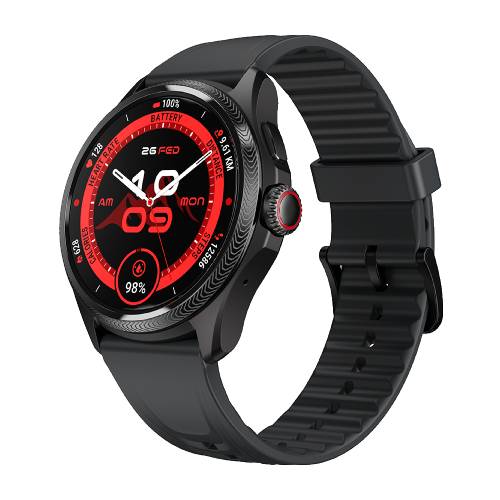
An enduring battery
I seriously considered including the TicWatch Pro 5 Enduro on this list on the strength of its battery life. It falls between the Galaxy Watch Ultra and OnePlus Watch 2 in longevity, but it has a second low-res screen that stretches its battery out over 1.5 months if you want. It matches up against the Ultra surprisingly well despite costing much less. Its main (disappointing) downside is the lack of Google Assistant support, even after receiving the Wear OS 4 update.
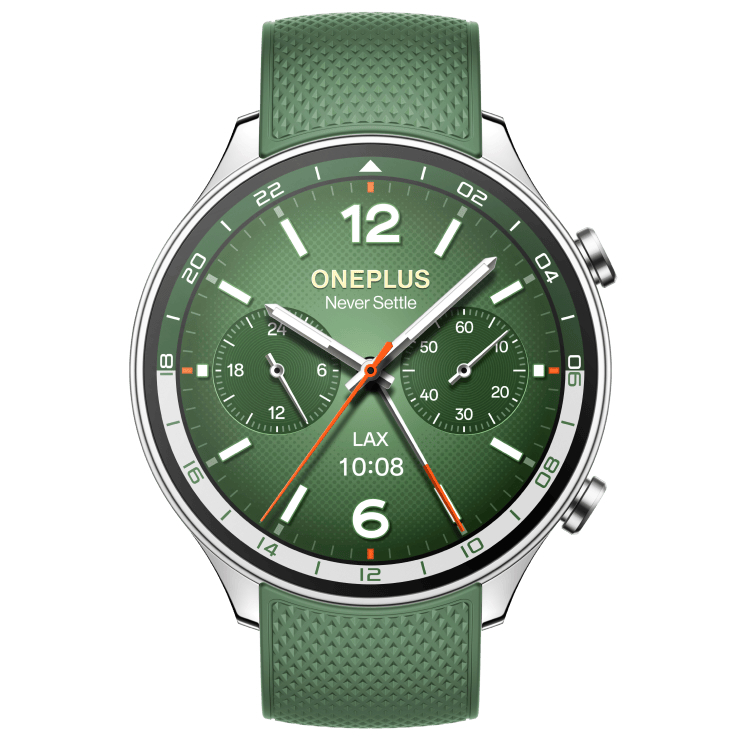
Longevity and class
Since the OnePlus Watch 3 is more expensive than we expected, look seriously at the OnePlus Watch 2R as a budget alternative. It "only" lasts four days instead of five and lacks certain perks like a crown or a brighter display, but these are fair trade-offs for a significantly lower price. If you're a bargain-hunter looking for a Galaxy Watch FE alternative, start here.
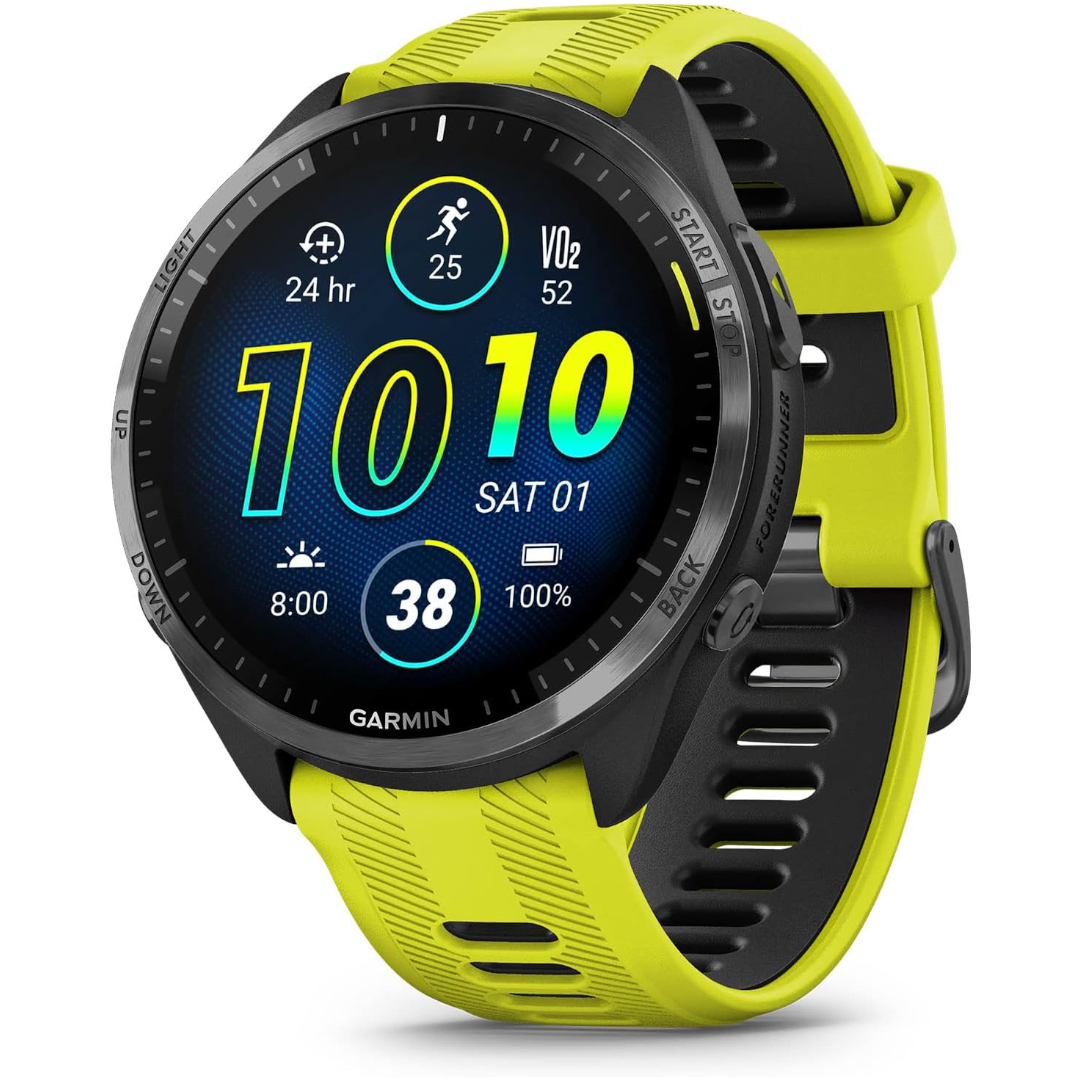
My personal favorite
I'm including my favorite daily smartwatch as a matter of transparency. It's not as much of a well-rounded Android watch as the Venu 3, without things like the mic/ speaker and ECG tech. But if you want an Android watch for fitness more than smarts, the Garmin Forerunner 965 is a fantastic watch for a variety of athletes looking to lose weight and improve their cardiovascular fitness. I'd also recommend the Garmin Fenix 8 for better titanium looks and premium features, but it costs $400–500 more, making it harder to recommend!
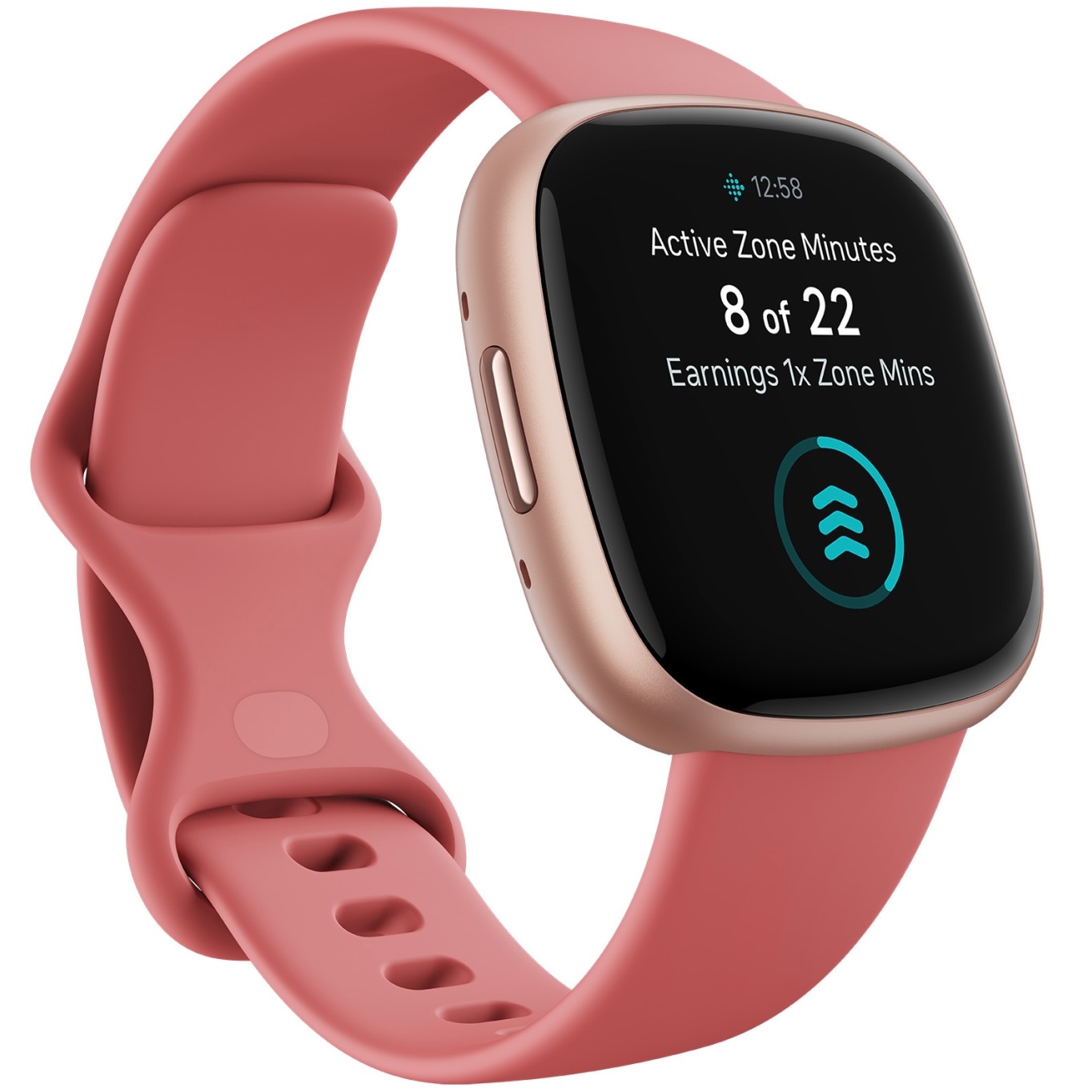
Cheaper fitness insights
The Fitbit Versa 4 offers a lot of the same tricks as the Sense 2: It has the same display, built-in GPS, HR sensors, mic and speaker, Google apps, Fitbit Premium trial, etc. It also misses out on Fitbit's fancier sensors, so you're downgrading to focus mainly on heart rate and sleep stats. But despite our reviewer's valid frustrations — it has the same smarts downgrades as the Sense 2 — this is still a solid option if affordability is your first concern.
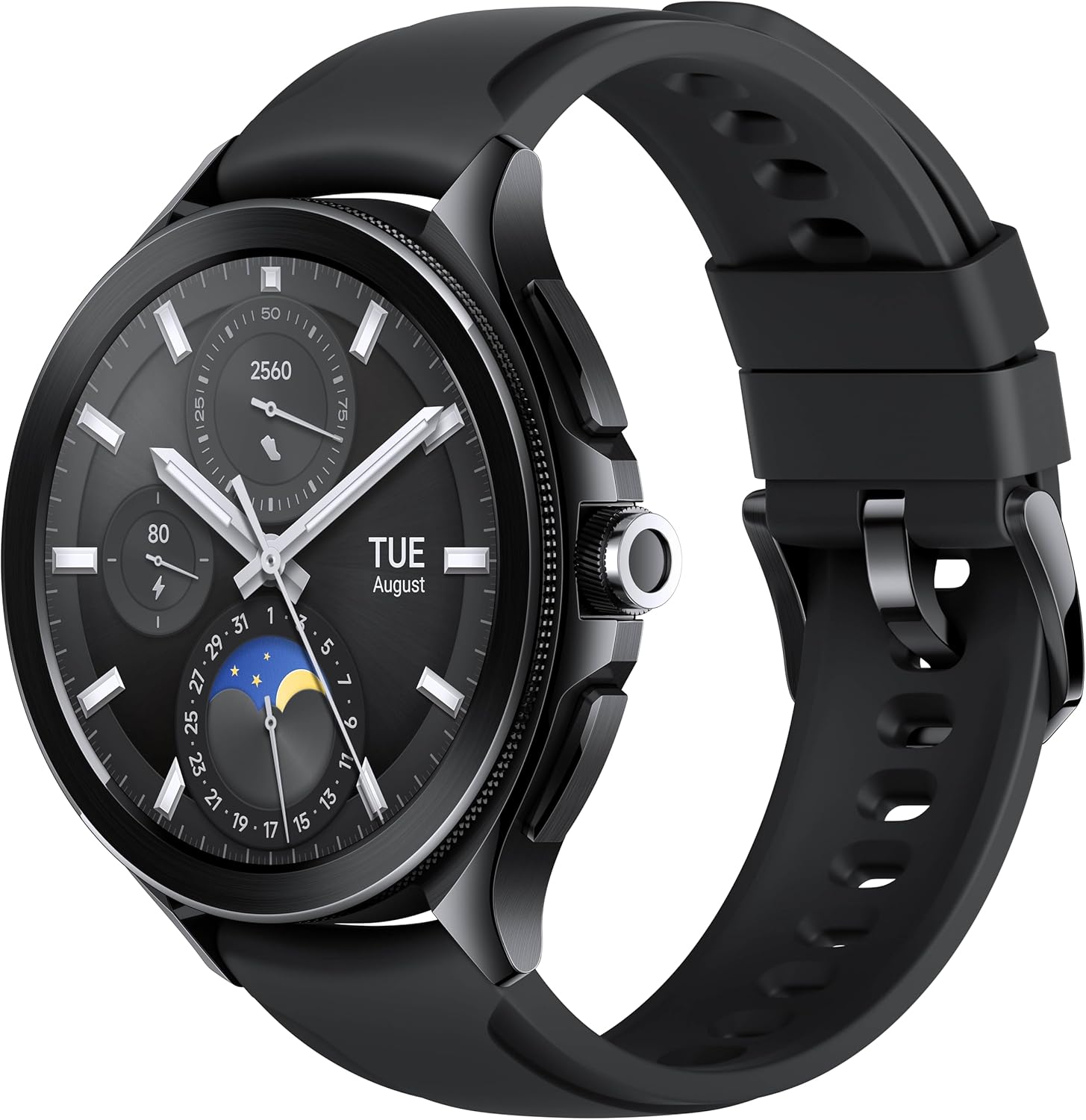
Theoretically great
Xiaomi is the one Wear OS brand that we haven't managed to get ahold of review units for yet, as it's not officially available in the U.S. I've included it here because, on paper, it matches the OnePlus Watch 2 with a Snapdragon W5+ Gen 1 chip, 2GB of RAM, multi-day battery life, dual-band GPS, Wear OS 4 software, and attractive stainless steel design for an affordable price. We can't judge it for ourselves — hence the lack of a rating — but if you have a Xiaomi phone, go for it and let us know what you think of it!
How to choose
What is the best smartwatch for an Android user?
Why you can trust Android Central
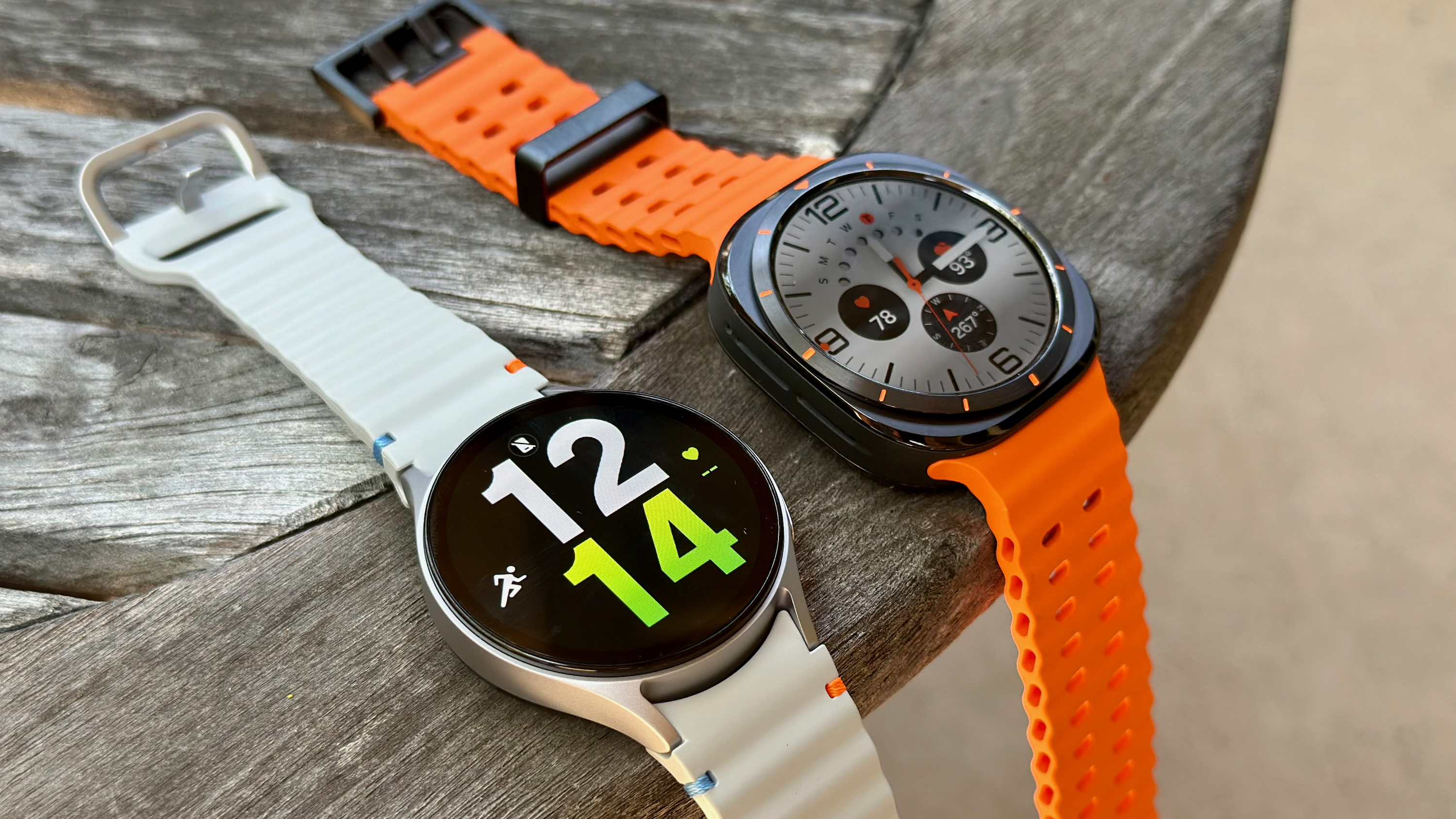
First and foremost, Android users should look at the best Wear OS watches, since they have the best integration with your smartphone. But not all Wear OS watches are created equal.
Fossil, a mainstay on this list for years, have left Wear OS behind after years struggling to adjust to the new Wear OS 3 ecosystem. Mobvoi itself took a year longer than expected to update its Wear OS 2 watches to 3, and its latest flagship TicWatch Pro 5 and Pro 5 Enduro are still running Wear OS 4, with no Google Assistant and the upcoming Wear OS 5 unconfirmed.
OnePlus is the most promising new option in the Android smartwatch space, with the Watch 3 fixing many of our complaints with its first Wear OS generation. Buyers in Europe and Asia could also consider Xiaomi, now that it's adopted Wear OS, but we've yet to review these watches.
One key reason why we recommended the Galaxy Watch 7 and Pixel Watch 3 above the rest: Google will release new Wear OS updates every year between summer and fall, but only Google and its close partner Samsung are guaranteed to get the new features immediately. Everyone else takes about six months to a year to get those new features, and they may not get exclusive tools related to Gemini and Galaxy AI, or Fitbit and Samsung Health.
You don't have to choose a Wear OS watch, of course. Brands like Garmin and Fitbit are better suited for fitness fans, but also for folks who don't like using smartwatches beyond basic functions. Some people don't need watch apps if they'll happily use their smartphone for the same functions.
How do I choose smartwatch size?
Brands like Samsung and Garmin sell their watches in two sizes, so you can either prioritize comfort or display size. A Pixel Watch, on the other hand, only comes in one size, and it's on the smaller side.
A large display is very tempting to get the best view of apps and custom watch face data, but it could also make the watch heavier than your wrist can handle. If you prioritize comfort, you may not like having to bring the display closer to your eyes to read your notifications.
We can't forget about aesthetics, either. After all, you're still shopping for a watch, and it should be compatible with your style. You can always opt for one of the fashionable options. If you're looking for the best smartwatch for women, you might prefer something more subtle like the Fossil Gen 6. We'd point you to the Pixel Watch 3, with its fantastic edge-to-edge look that others can't match.
What features should I look for in a smartwatch?
These are some key smartwatch features that you won't see by default, and may have to go out of your way to find:
- More than one day of battery life
- NFC
- Third-party app support
- Fitness training apps or plans
- LTE support
- Passive AFib detection
- Fall detection
- Multiple tracking satellites
- MIL-STD-810G protection
- Specific controls (e.g., crown, rotating bezel, multiple buttons)
- Specific sensors (e.g., temperature, gyroscope, altimeter)
Of these, we have specific guides on the best smartwatches with LTE so you can make calls or check in without your phone on hand, or the best smartwatches for GPS tracking that offer more than the standard watch antenna that can only follow one satellite at a time.
You'll want to check if your watch supports tap-to-pay, or will register if you've fallen while working out or walking around your home. Folks with heart issues will also want to make sure you can check for irregular heart rhythm, either actively with an ECG or passively with a standard optical HRM.
Also, check the smartwatches' specifications page before buying to make sure you know what you're getting. For example, if you don't see an altimeter, that means your watch can't tell how many flights of stairs you've climbed or properly judge how hard you're working out.
Which smartwatch OS is best?
Wear OS is your best option because it syncs so completely with Android phones. Still, not all Wear OS versions are created equal. If a watch still uses Wear OS 3 or 3.5 today, that probably means the brand is struggling to implement certain features like Google Assistant, limiting the likelihood it'll ever catch up to the Galaxy or Pixel Watches.
Other smartwatch companies such as Garmin and Fitbit use their own operating systems. These are typically rudimentary in what they offer. Garmin offers a few downloadable apps like Spotify or partnerships with Strava and Komoot, but not anywhere near the level that a Wear OS offers. That's the trade-off you have to accept for the superior battery life.
How much battery life do I need in a smartwatch?
Some users can't stand having to take their watch off every 24 hours to charge it. Luckily, there are many multi-day battery life picks on this list.
The Galaxy Watch 7 and Pixel Watch 3 typically last between 1.5 and 2 days, with features like AOD, voice-activated assistant, and music streaming making them trend down towards daily charges. Even though they're the best Android watches in some areas, they're not the best for battery.
The Galaxy Watch Ultra gives you three-day battery life if you're willing to spend a premium. But you can spend significantly less on a Ticwatch Pro 5 or OnePlus Watch 2 or 3 and get comparable (or better) performance.
Of course, three days isn't good enough for some people! If that's the case, then you don't want a traditional smartwatch with a full-fledged OS. You want an efficient fitness watch from Garmin, Fitbit, COROS, Polar, Suunto, or other fitness watch brands. These can last anywhere from a week (the Fitbit Sense 2) to two weeks (Garmin Venu 3), or sometimes even months with something like the Garmin Instinct 2X Solar.
What are the best Android smartwatches?
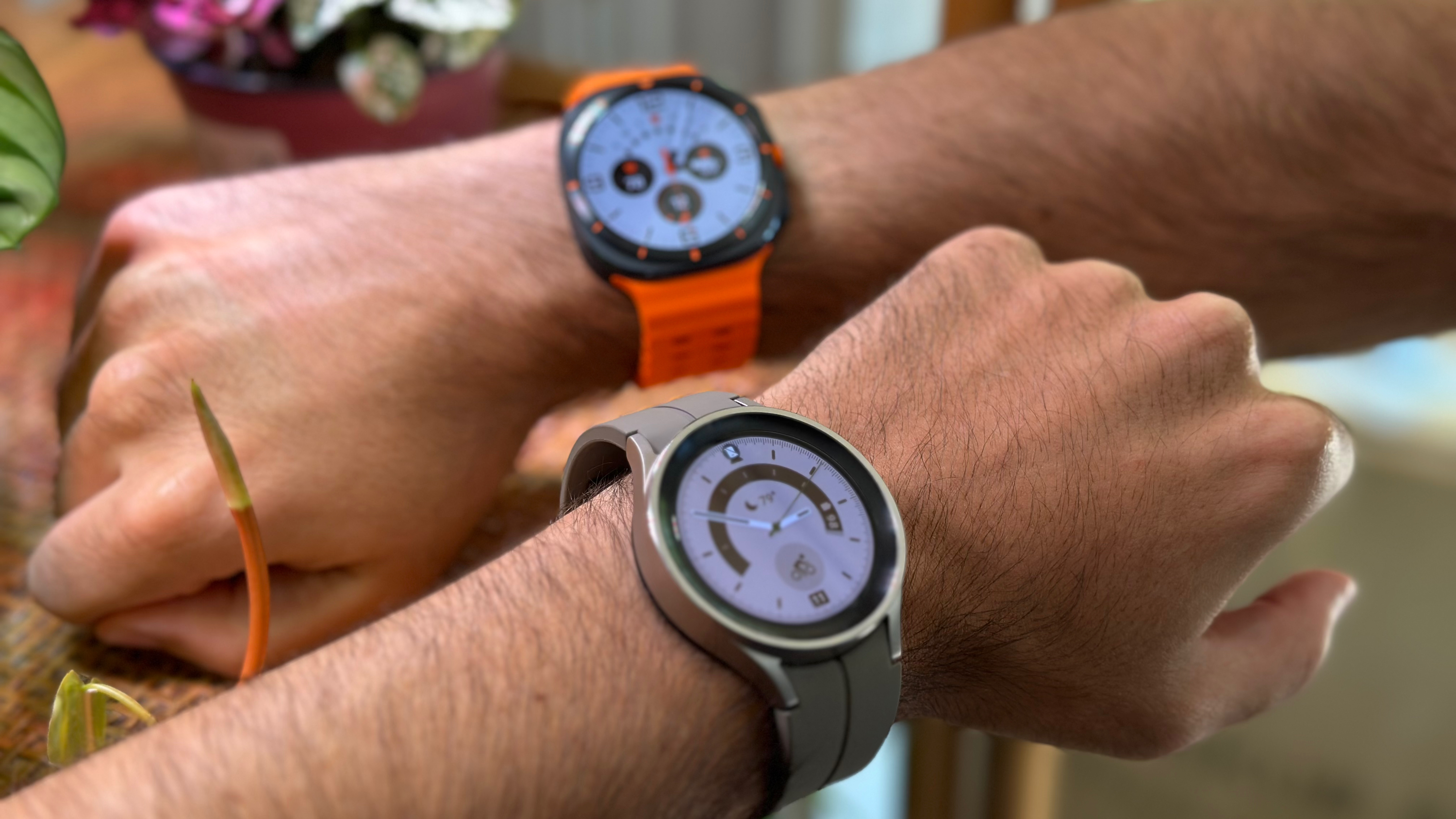
If you're currently in the market for the best Android smartwatch, you should consider our best overall pick, the Samsung Galaxy Watch 7. This wearable is loaded with many features that users are looking for, and will retain its software support and trade-in value for years to come.
What makes the Galaxy wearables so great is the new Wear OS 5 platform mixed with powerful hardware and a complete sensor suite designed to track all of your health data, day and night. Samsung Health has also improved immensely over the last couple of years and features a well-rounded selection of workout tracking options, as well as a built-in dual-band GPS for monitoring outdoor runs or bike rides.
If you're not interested in a Samsung smartwatch or simply prefer how Google does things, we recommend the Google Pixel Watch 3 for obvious reasons. It gives you most of the same perks, but with a Pixel-like flair that other Android users will love.
How we test
☑️ One of the oldest and most trusted Android sites on the web
☑️ Over 15 years of product testing
☑️ Thousands of products reviewed and tested since 2007
☑️ Dozens of smartwatches, fitness trackers, and smart rings tested every year by our team
Android Central has been reviewing smartwatches since the original Samsung Gear series a decade ago. Since then, we've taken watches as seriously as phones; we know that smartwatches are both an extension of the Android experience and an important standalone device.
That's why we take weeks with any wearable before offering a "final" review and recommendation. For example, we published an "initial" Pixel Watch 3 review in early September with weeks of impressions, but we didn't publish our "final" Watch 3 review until late October, once we could provide long-term impressions and catch subtle issues.
With each smartwatch, we test its performance speed, battery life for both casual and active use, and its latest software and apps.
Since I took over as Wearables Editor, I've done my best to emulate the testing-heavy approach of popular fitness sites and YouTubers. I never trust the health and fitness data by default: I use chest or arm straps to test heart rate, a pedometer for step count, and multiple dual-band GPS watches to compare accuracy.
I truly mean it when I say that I won't recommend a device without first making sure that it's trustworthy, and I'll never hold back on a device's faults just because it's a popular brand.
Be an expert in 5 minutes
Get the latest news from Android Central, your trusted companion in the world of Android

Michael is Android Central's resident expert on wearables and fitness. Before joining Android Central, he freelanced for years at Techradar, Wareable, Windows Central, and Digital Trends. Channeling his love of running, he established himself as an expert on fitness watches, testing and reviewing models from Garmin, Fitbit, Samsung, Apple, COROS, Polar, Amazfit, Suunto, and more.
- Courtney Lynch
- Andrew MyrickSenior Editor — Smartphones (North America), Chromebooks & Tablets
- Patrick FarmereCommerce Editor
